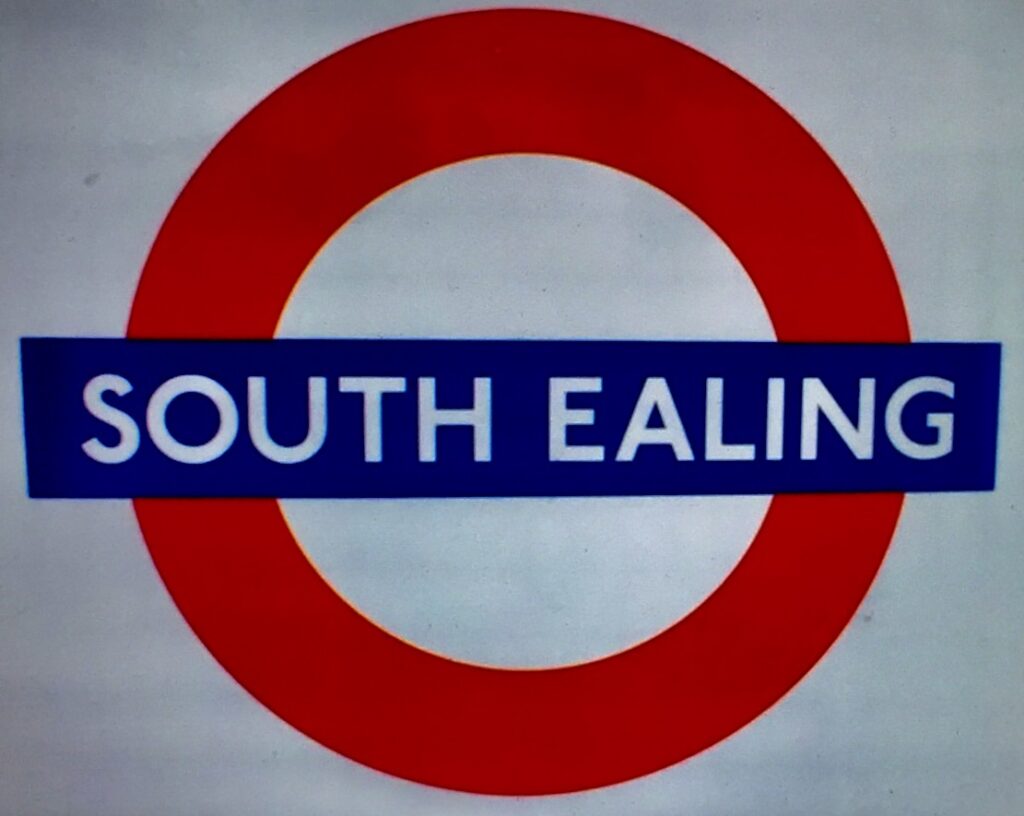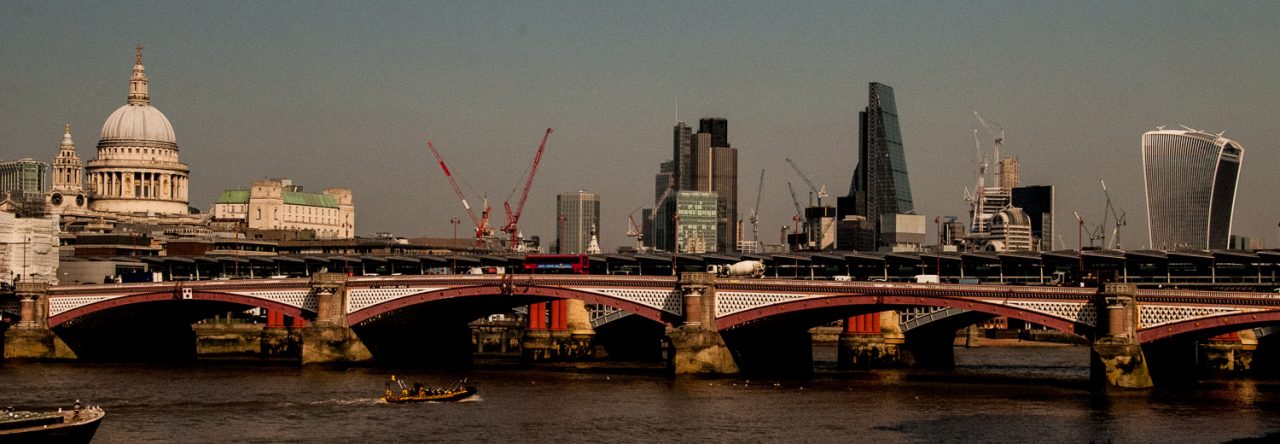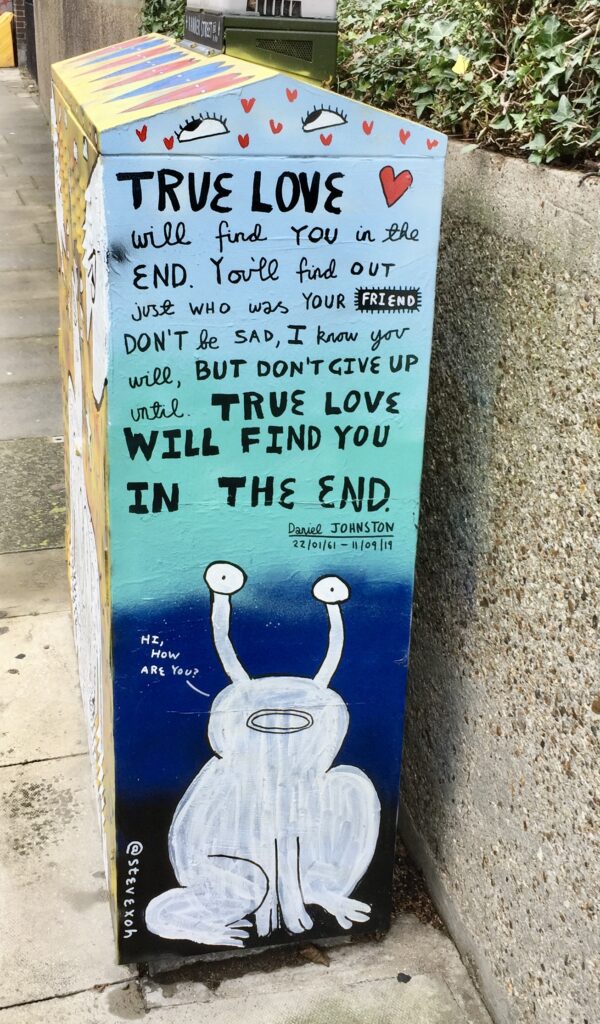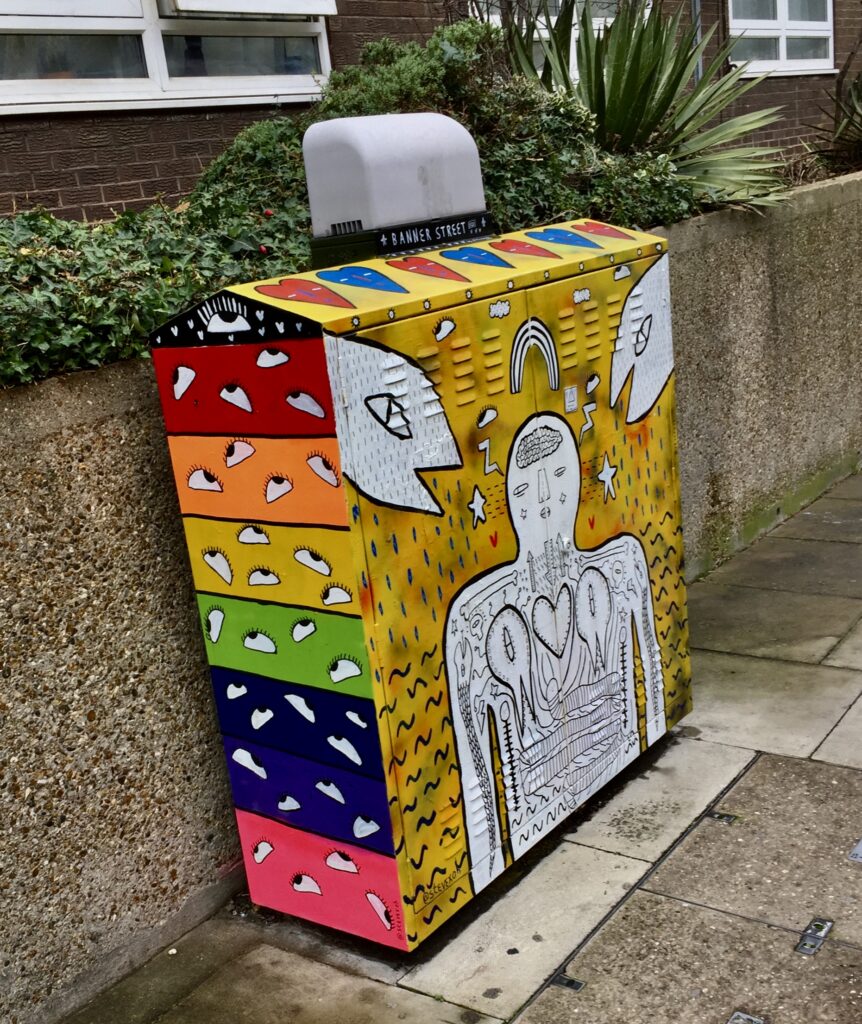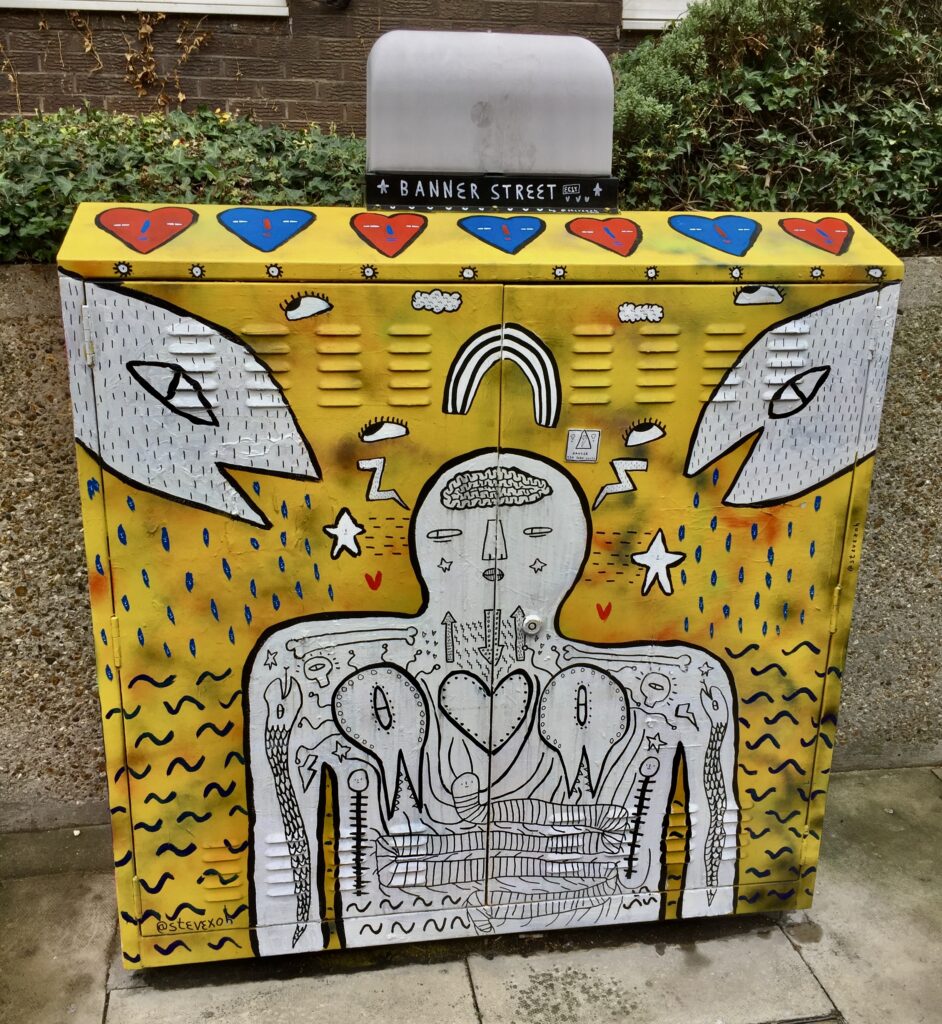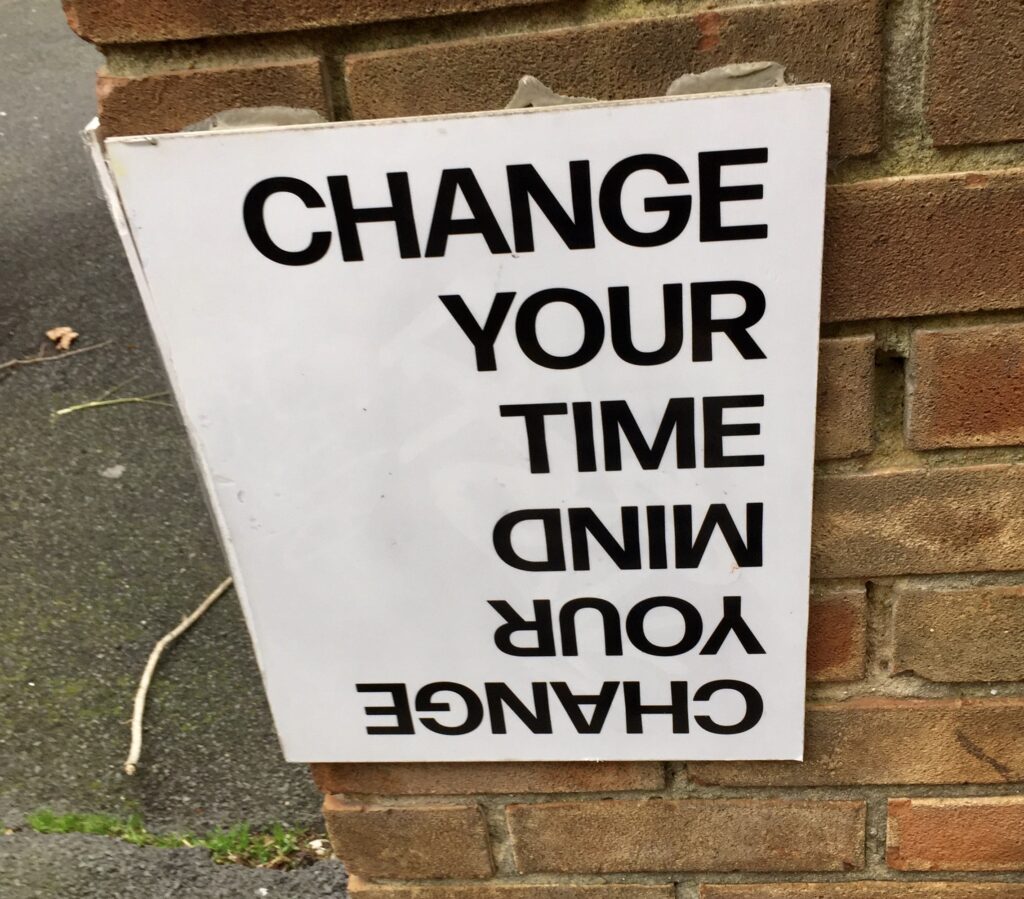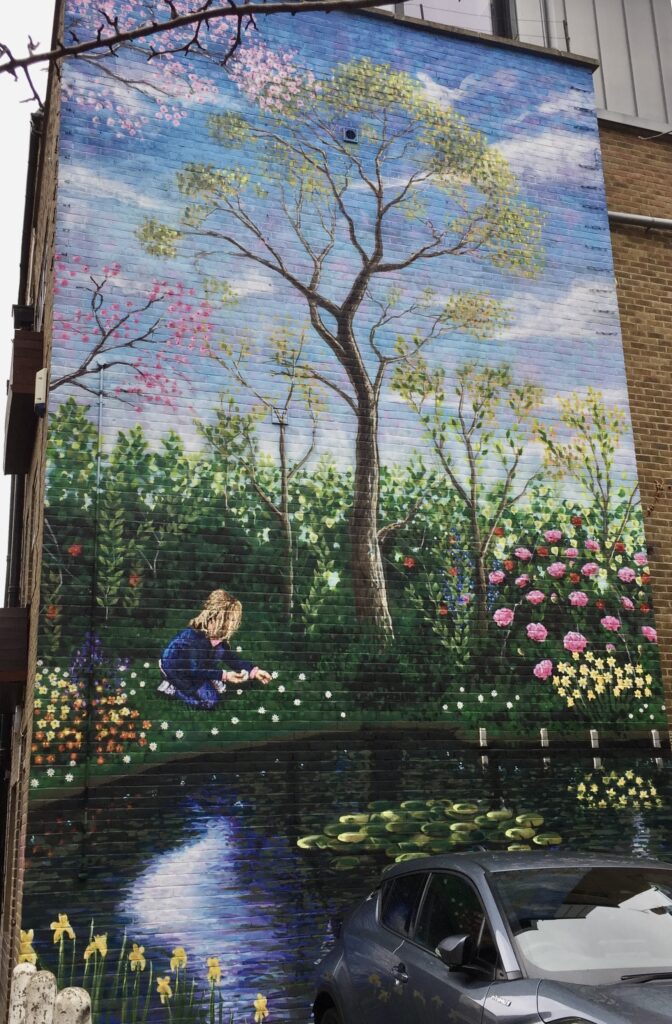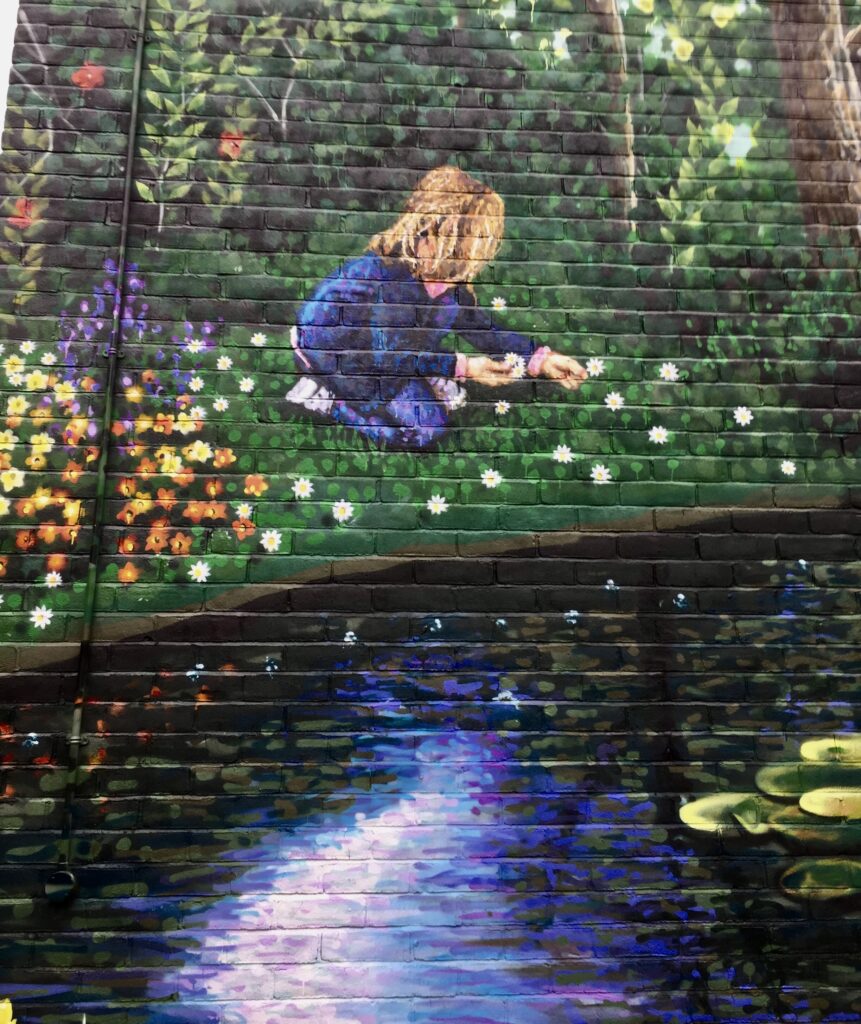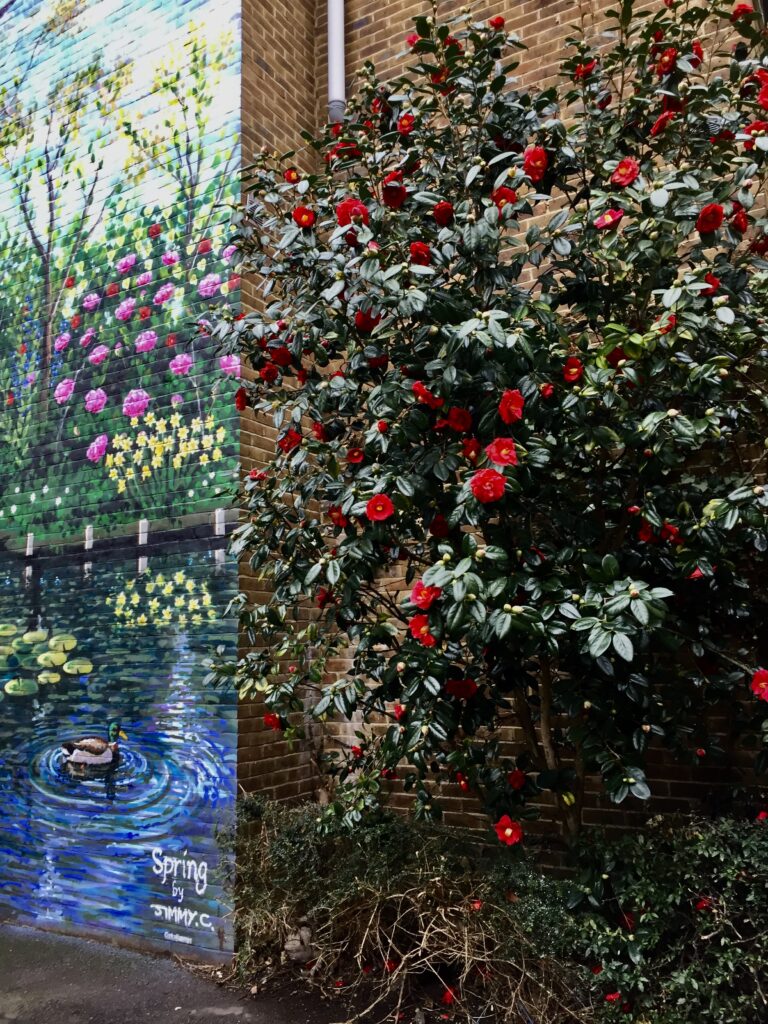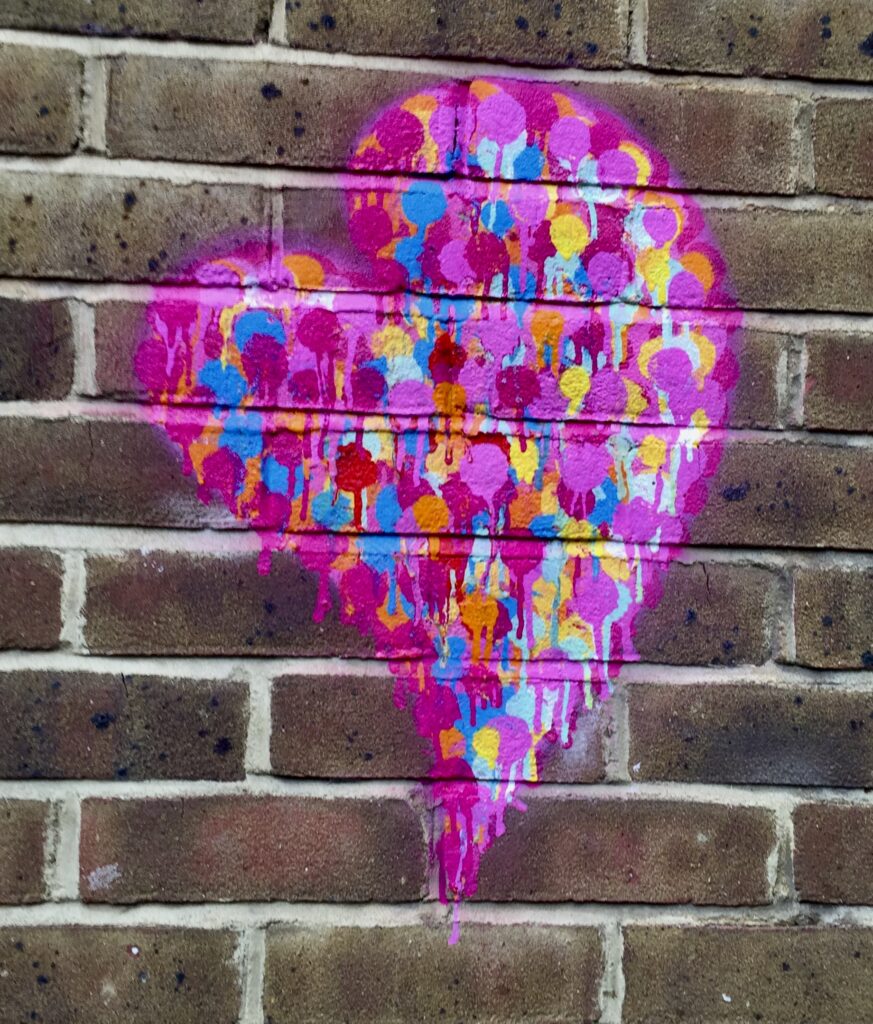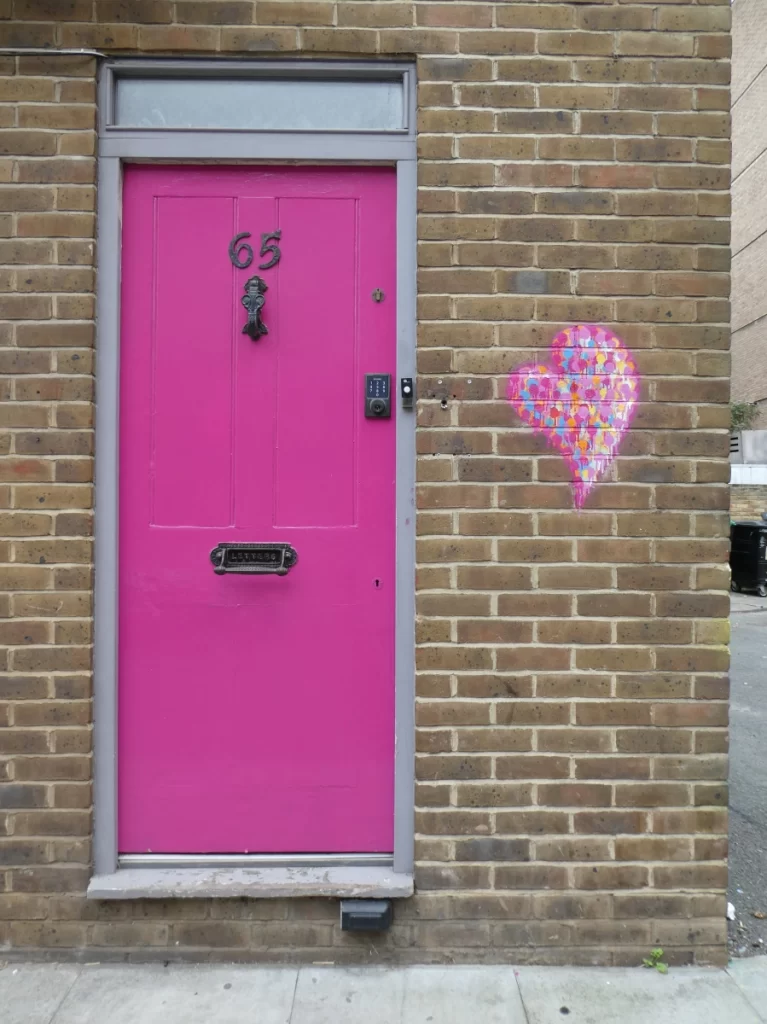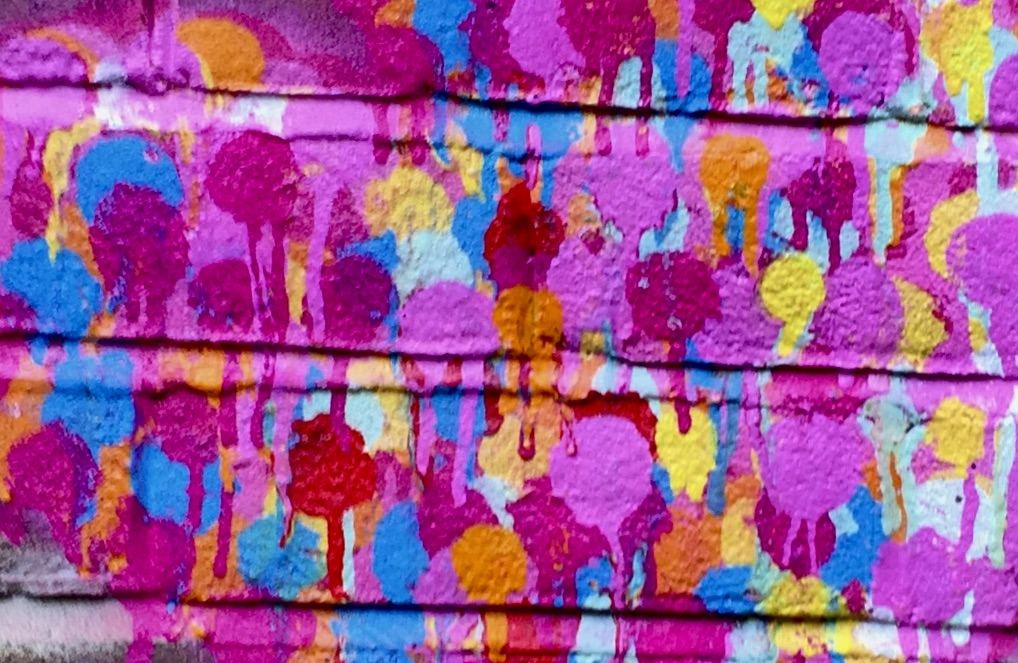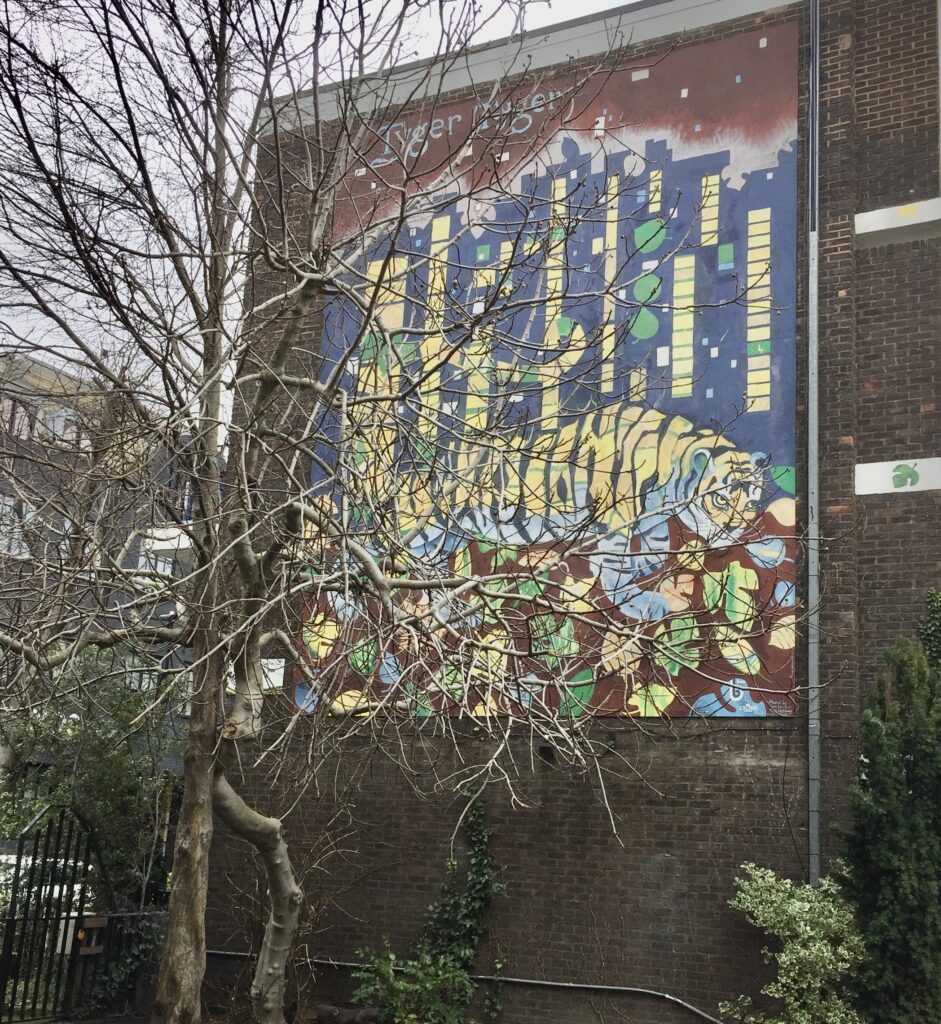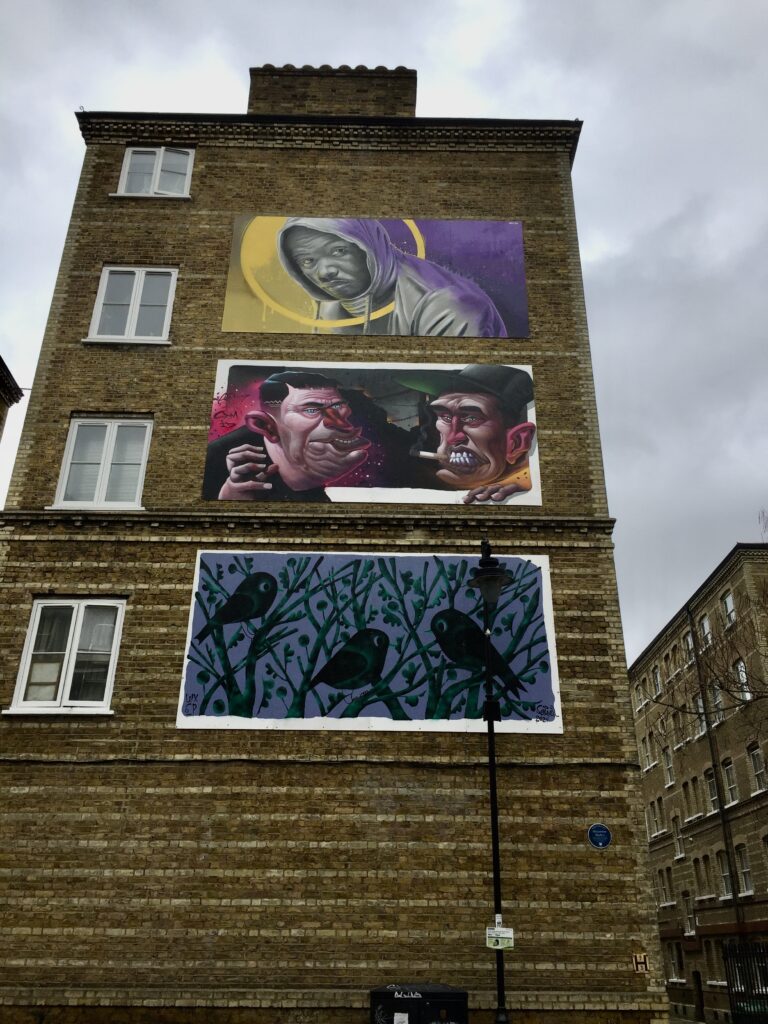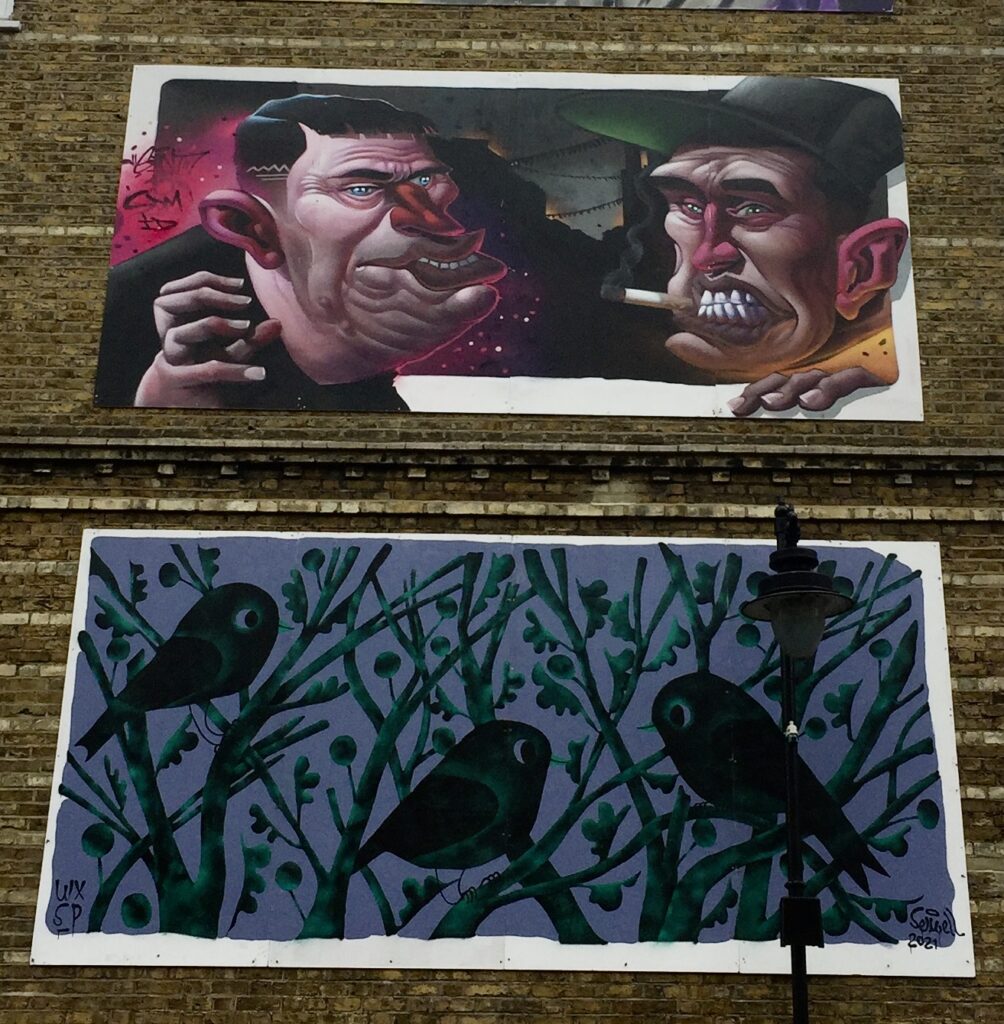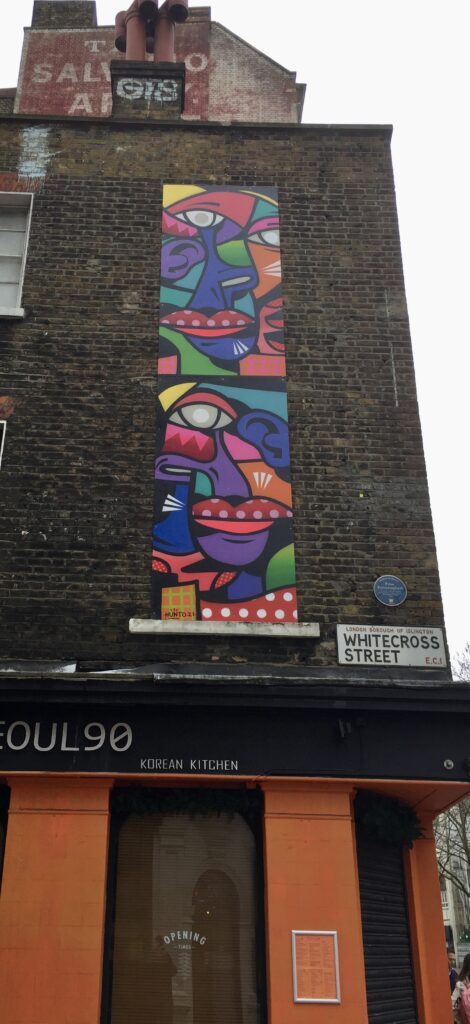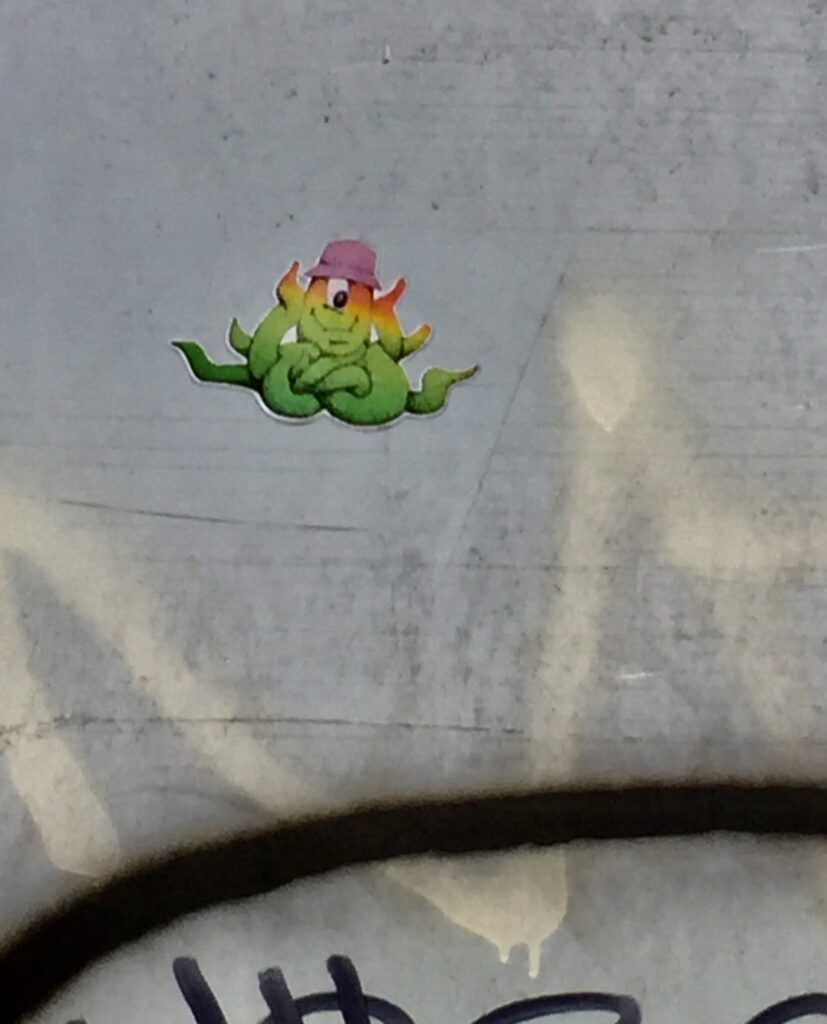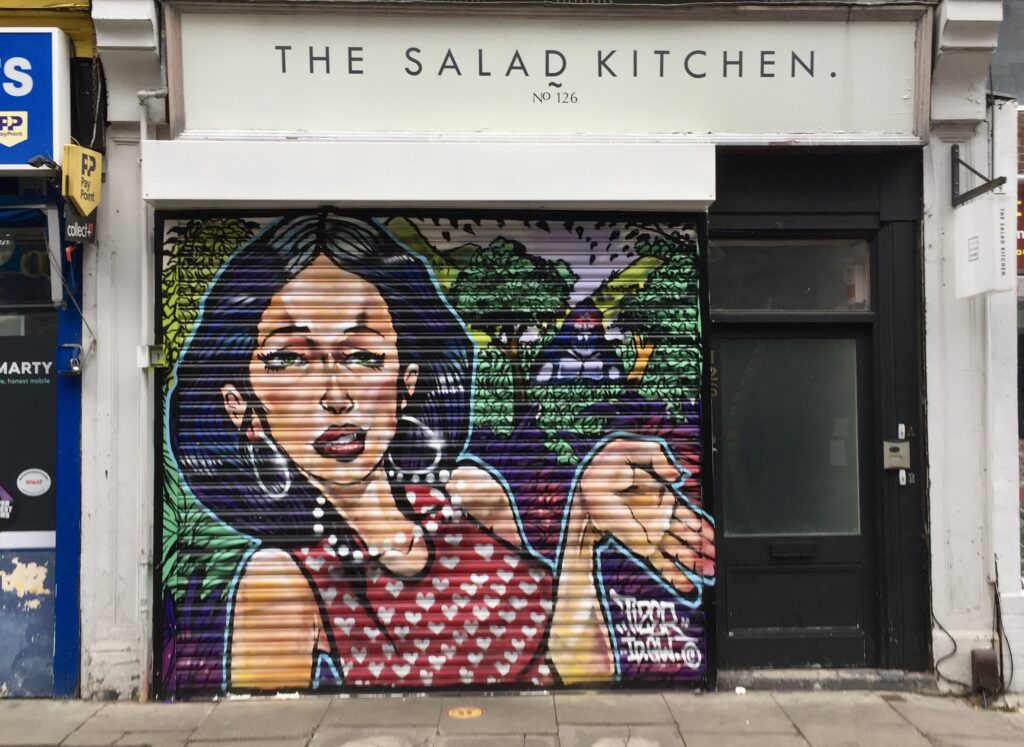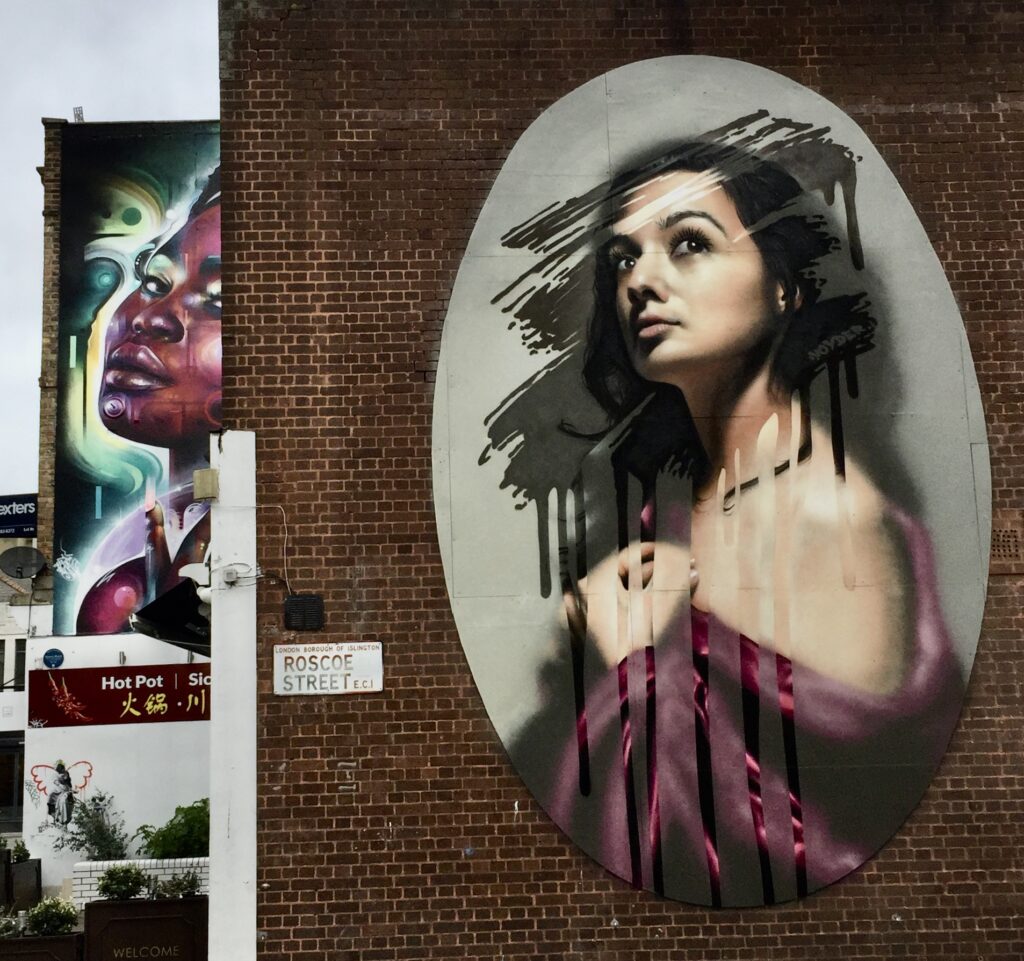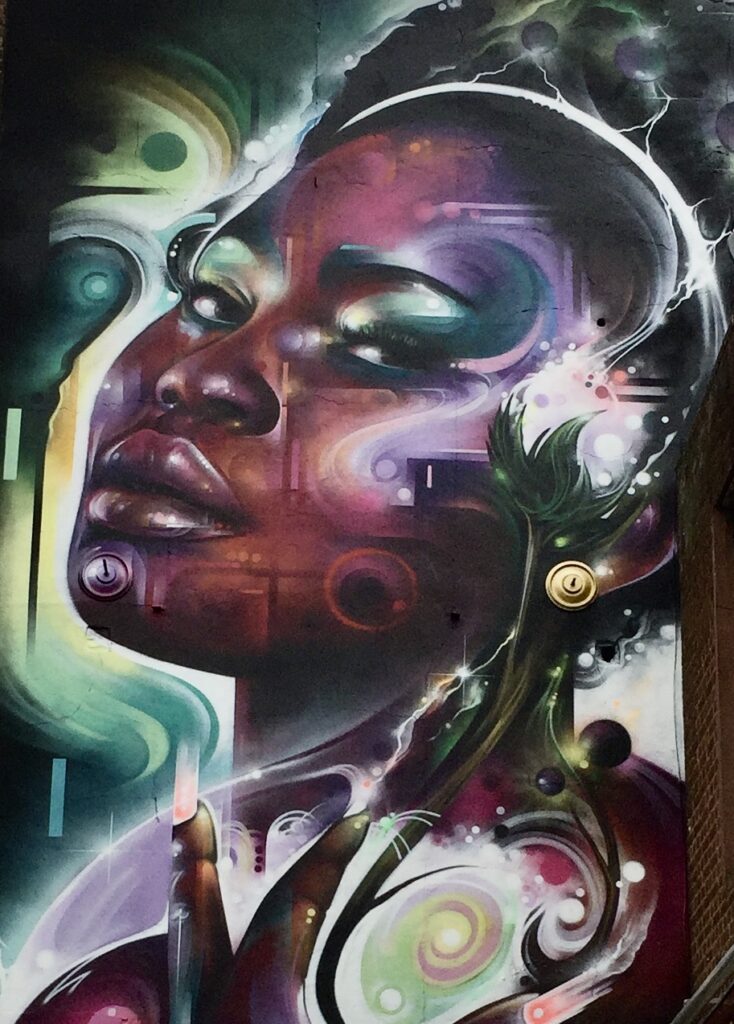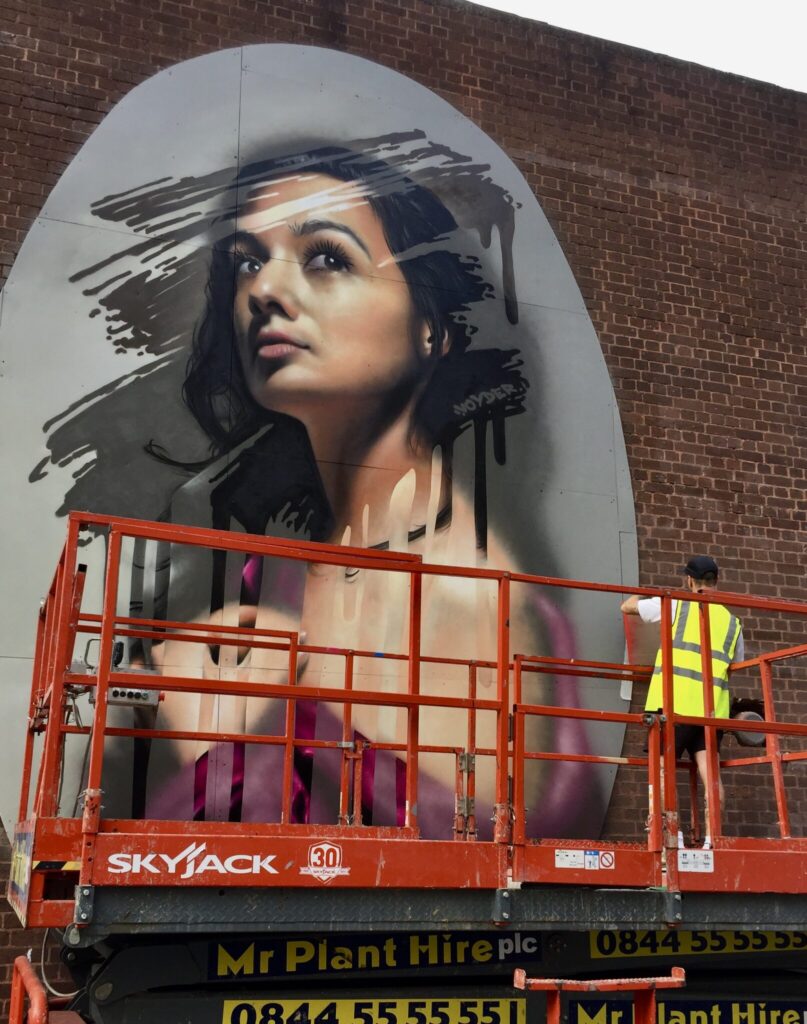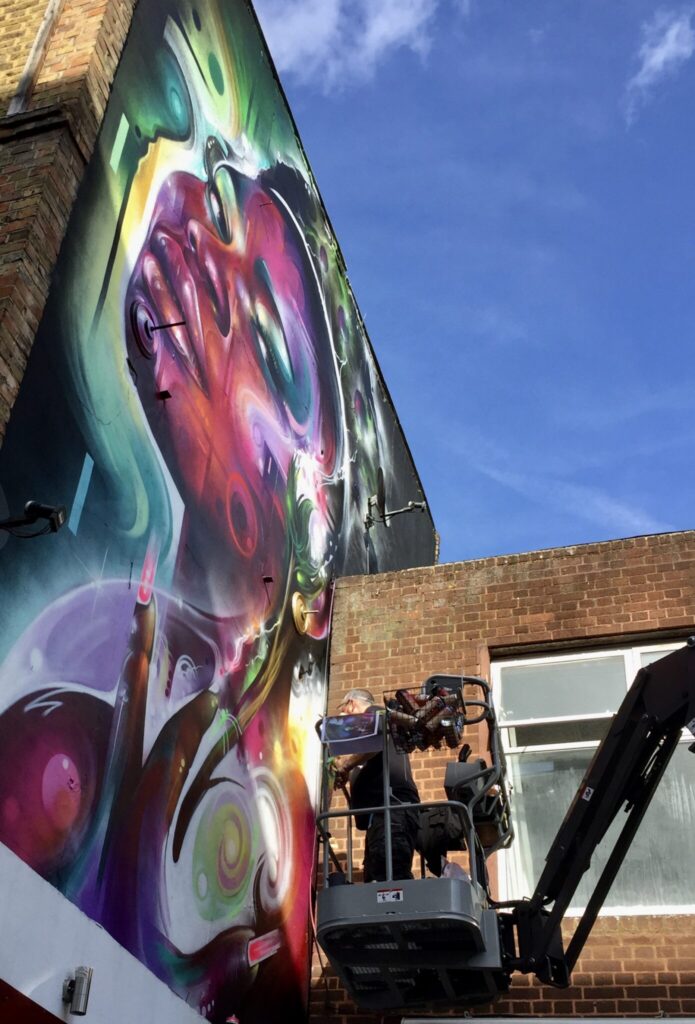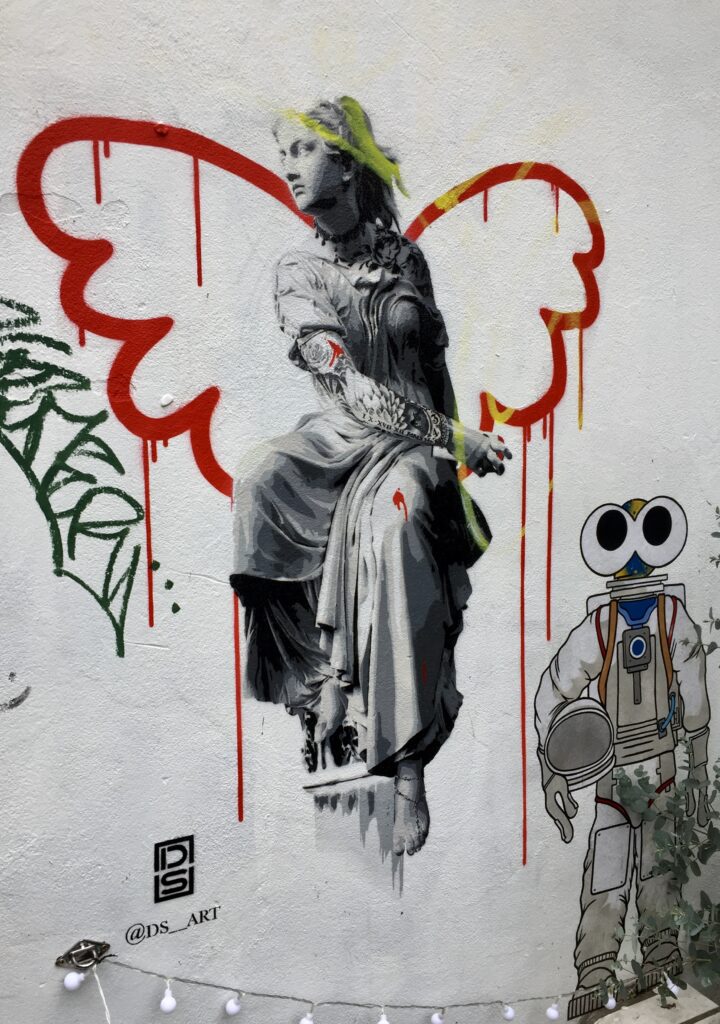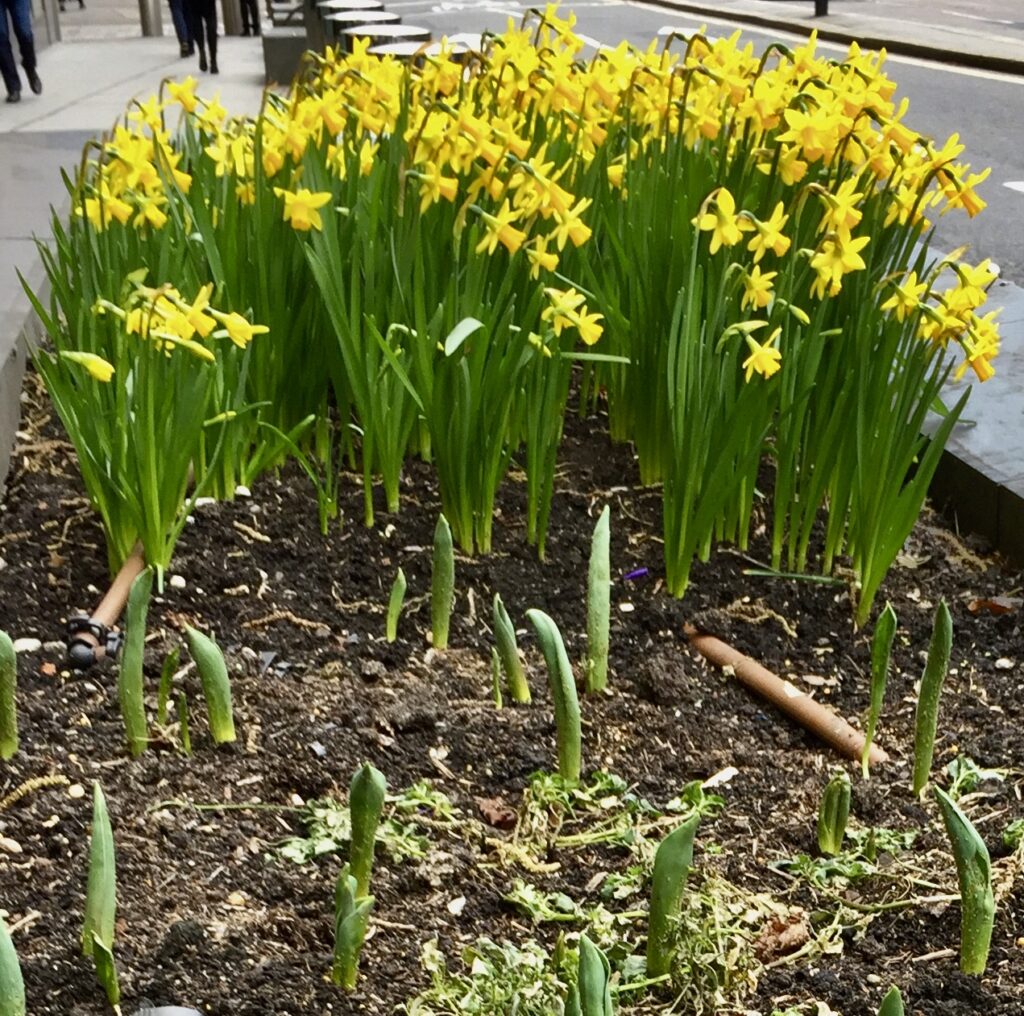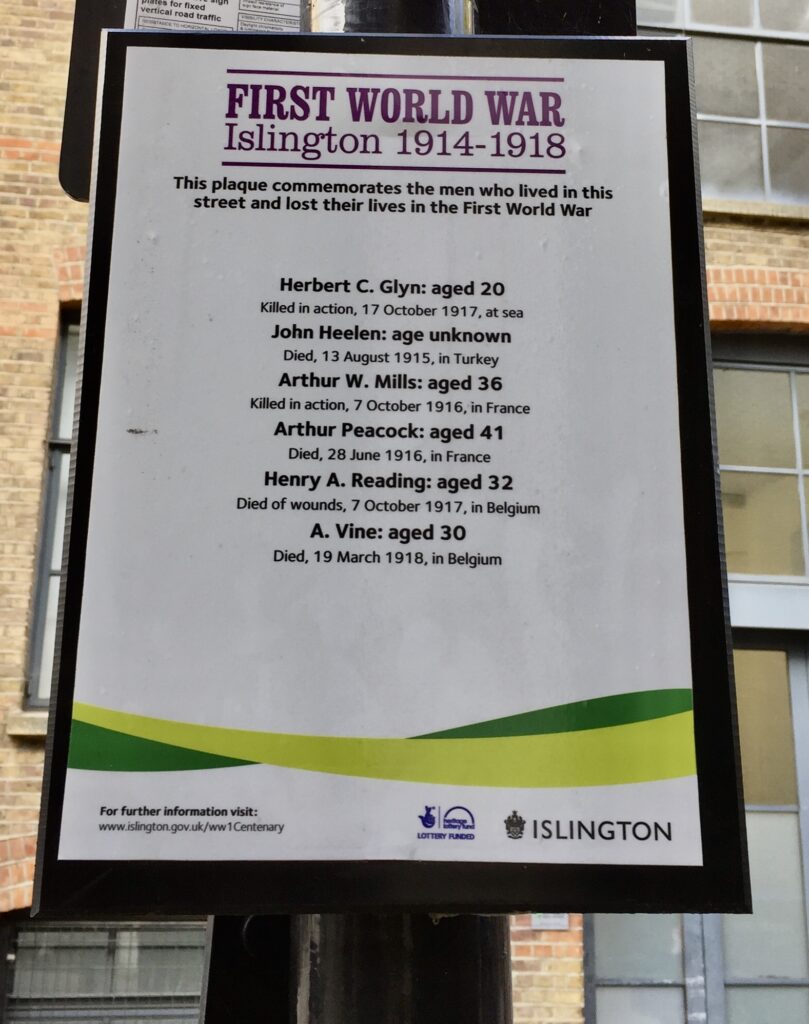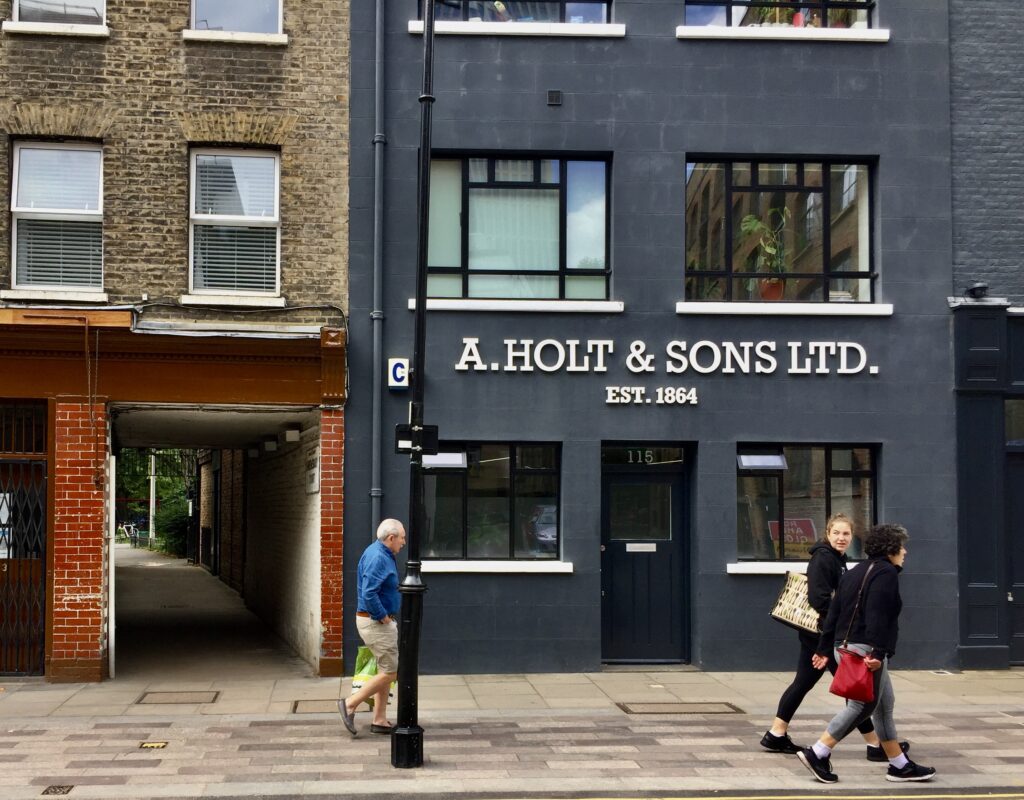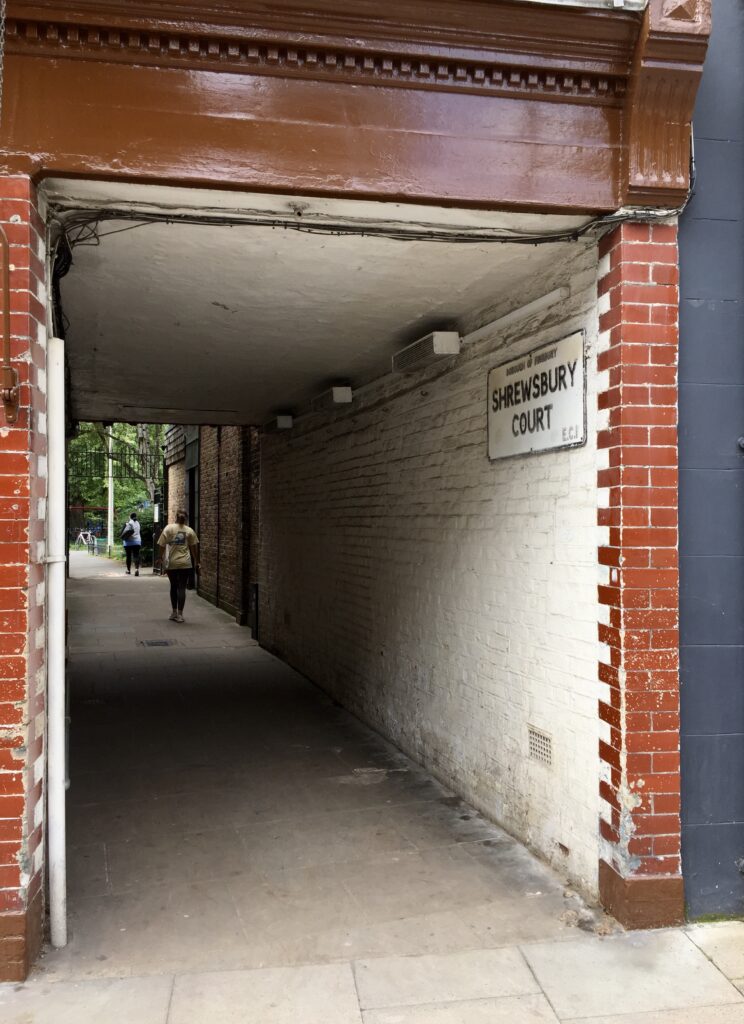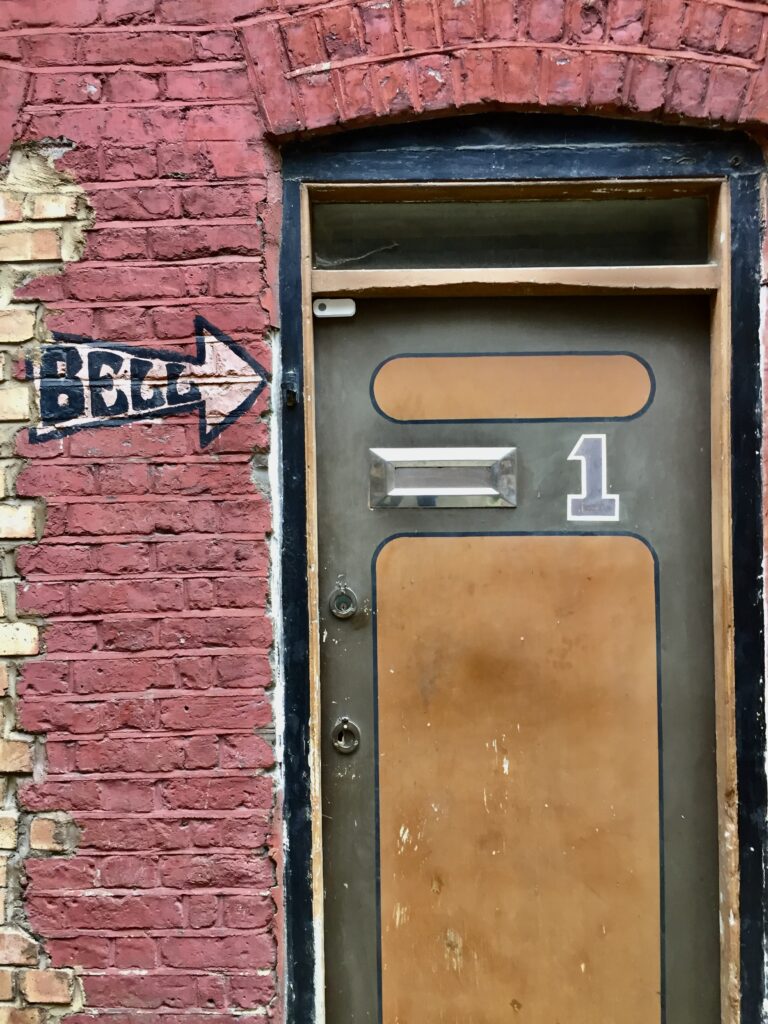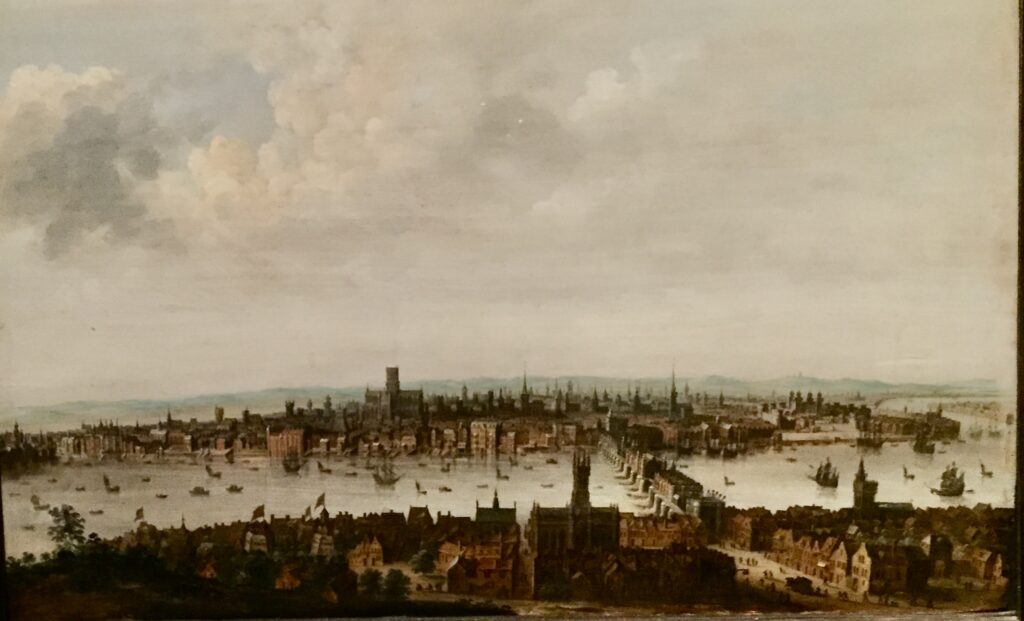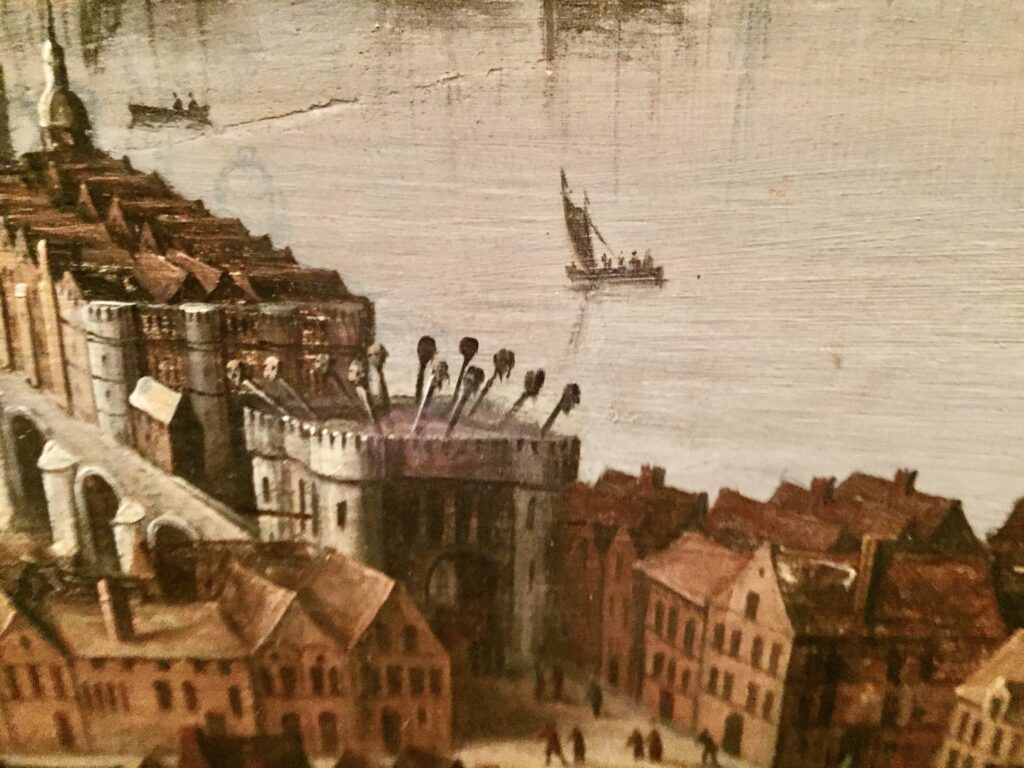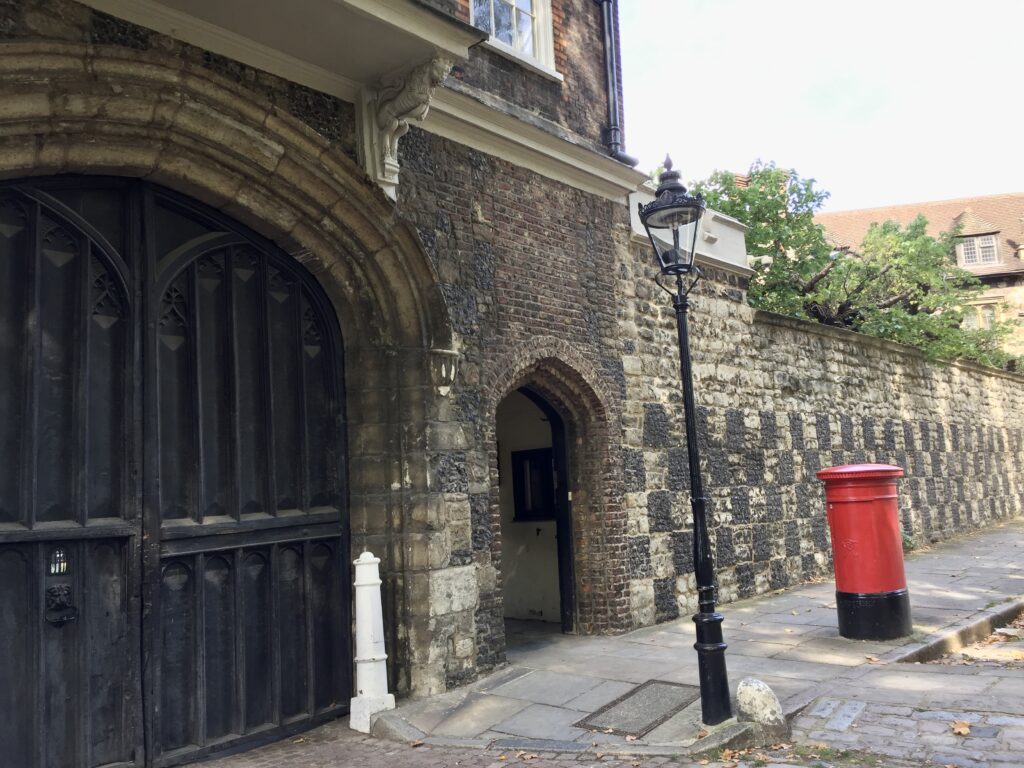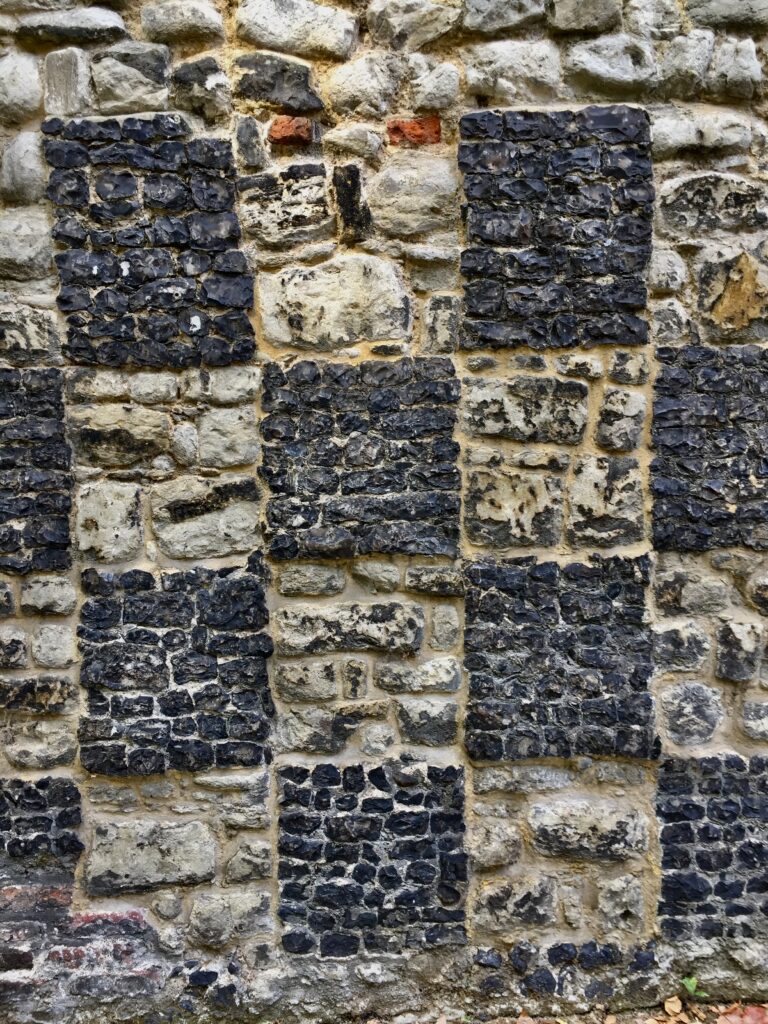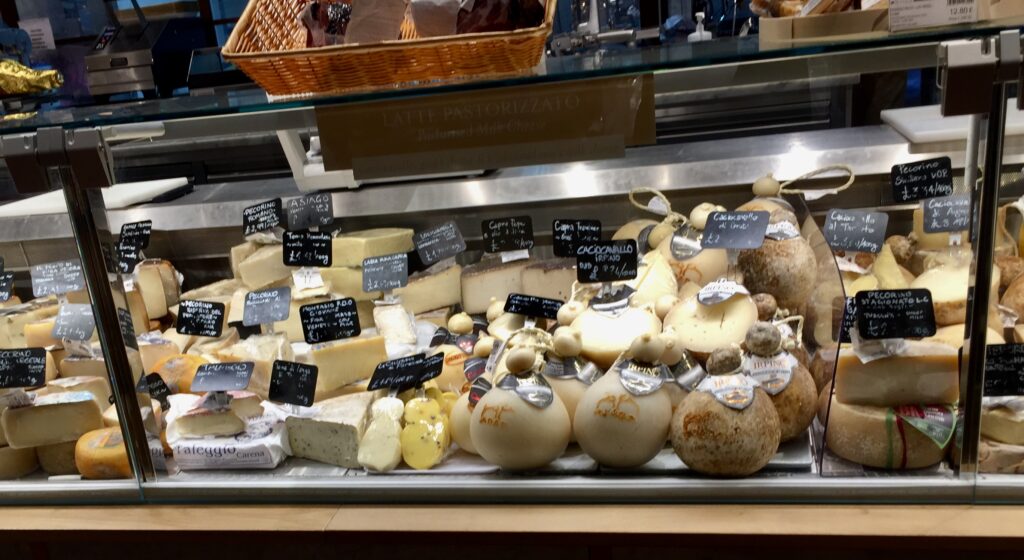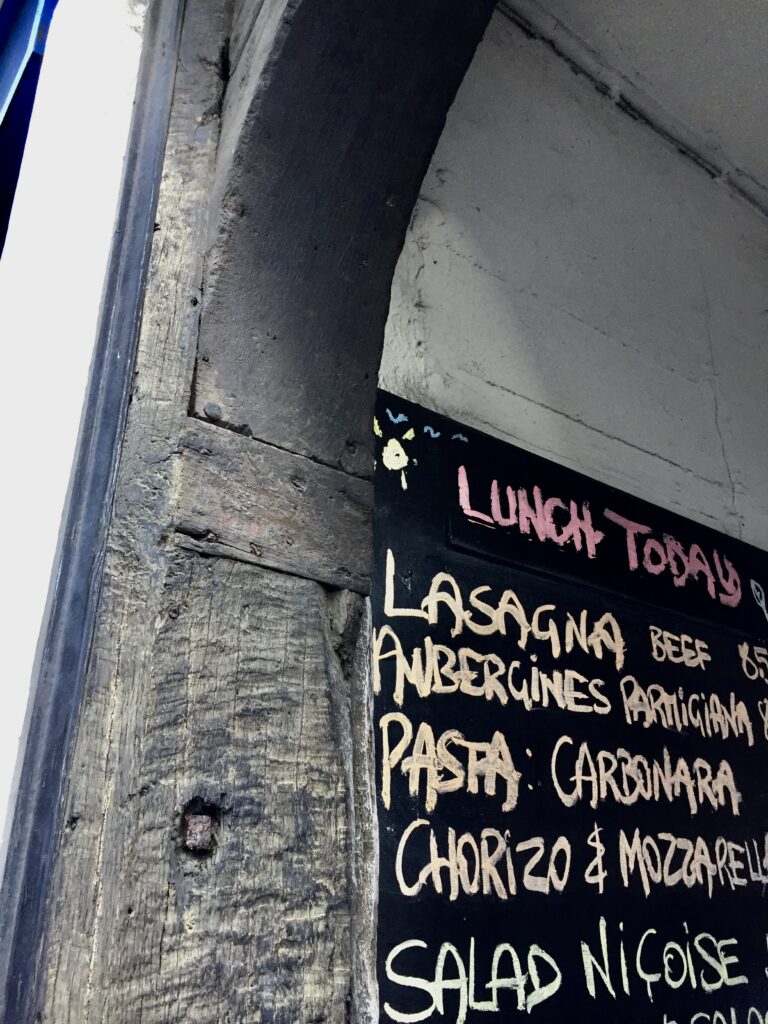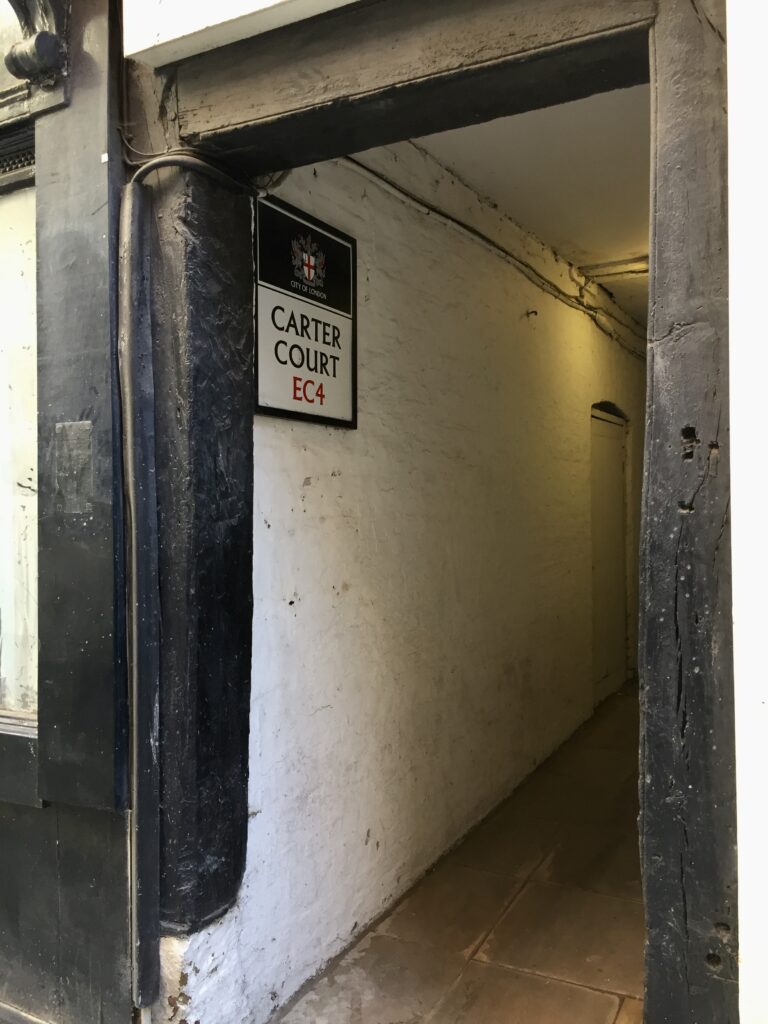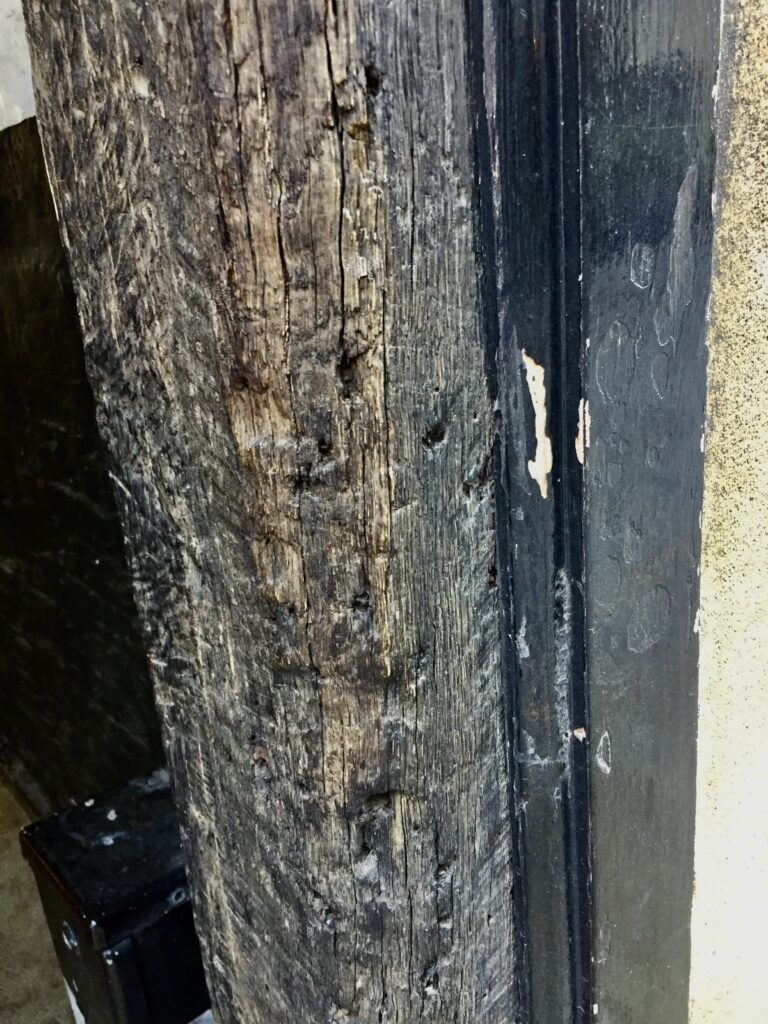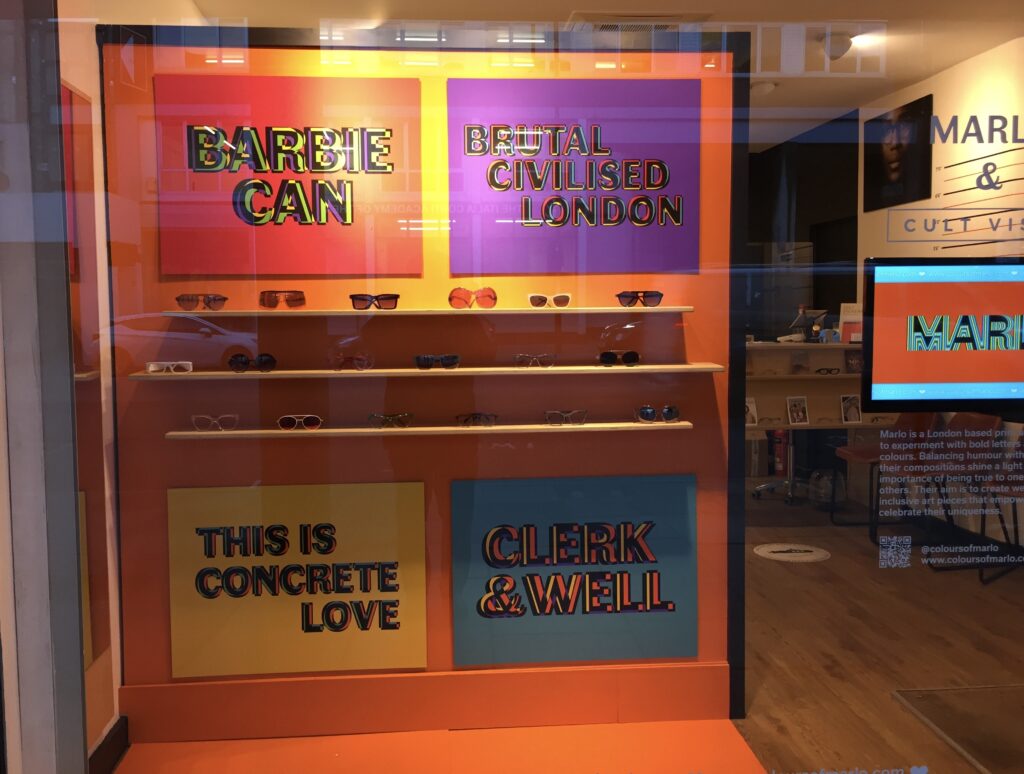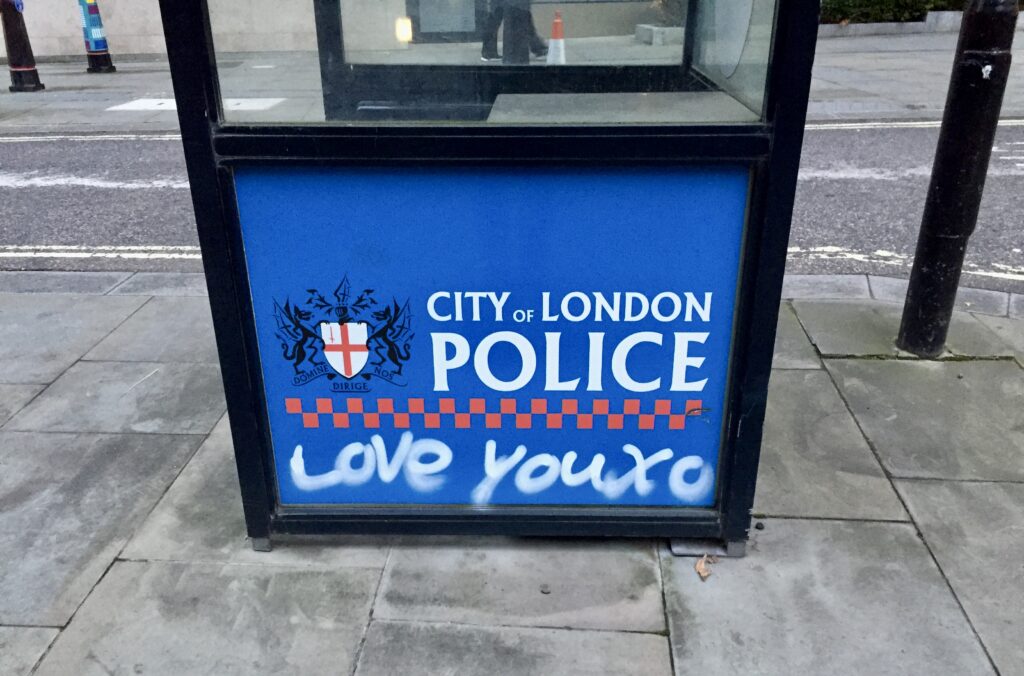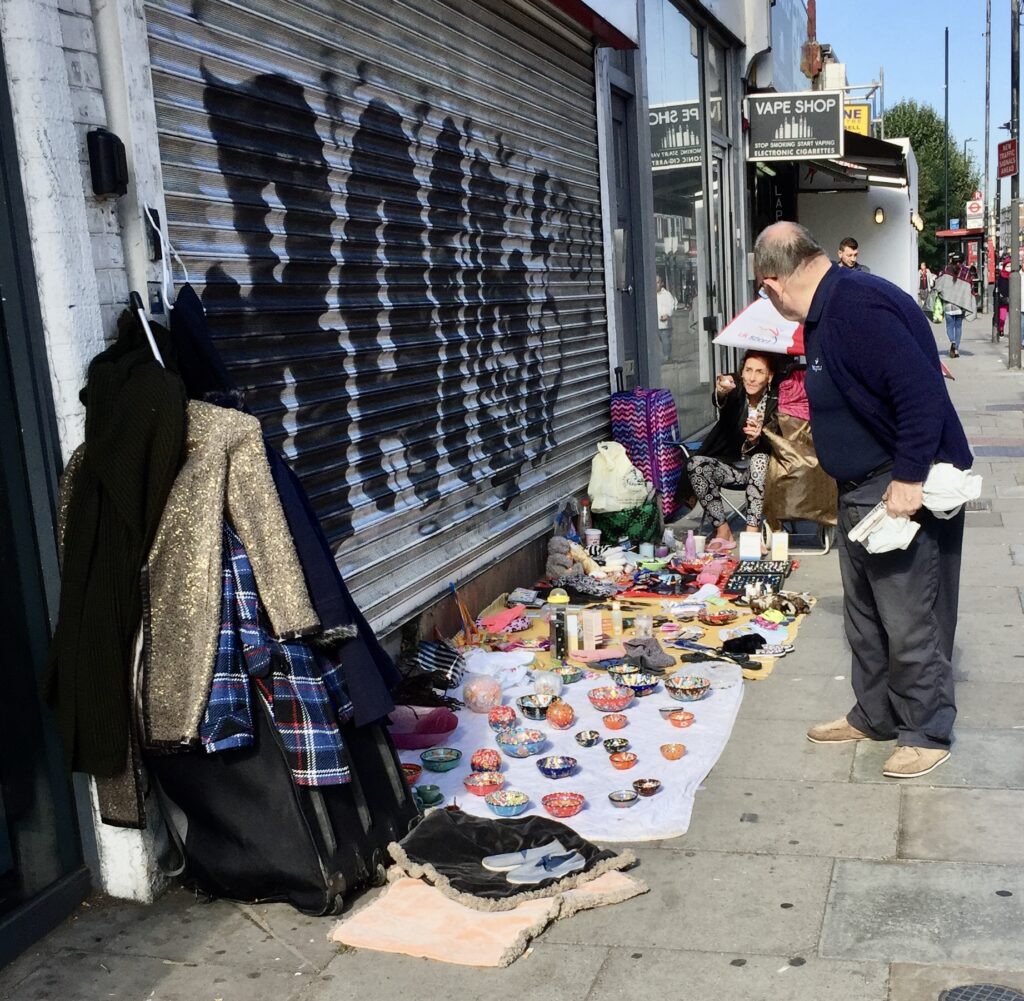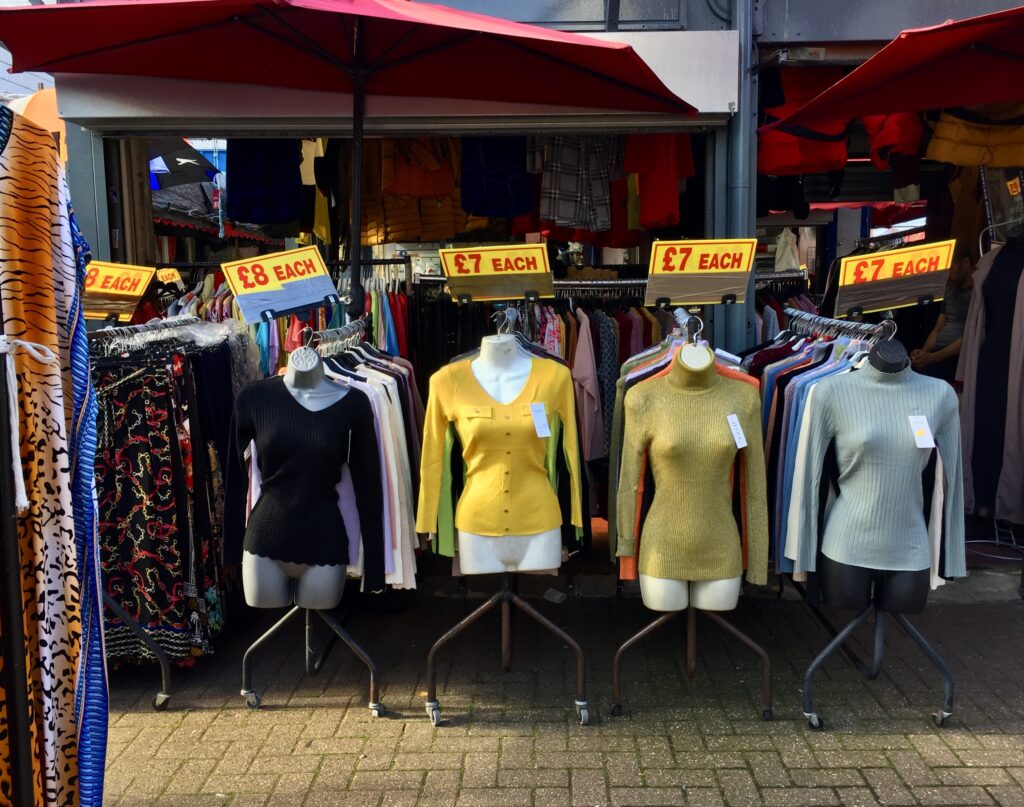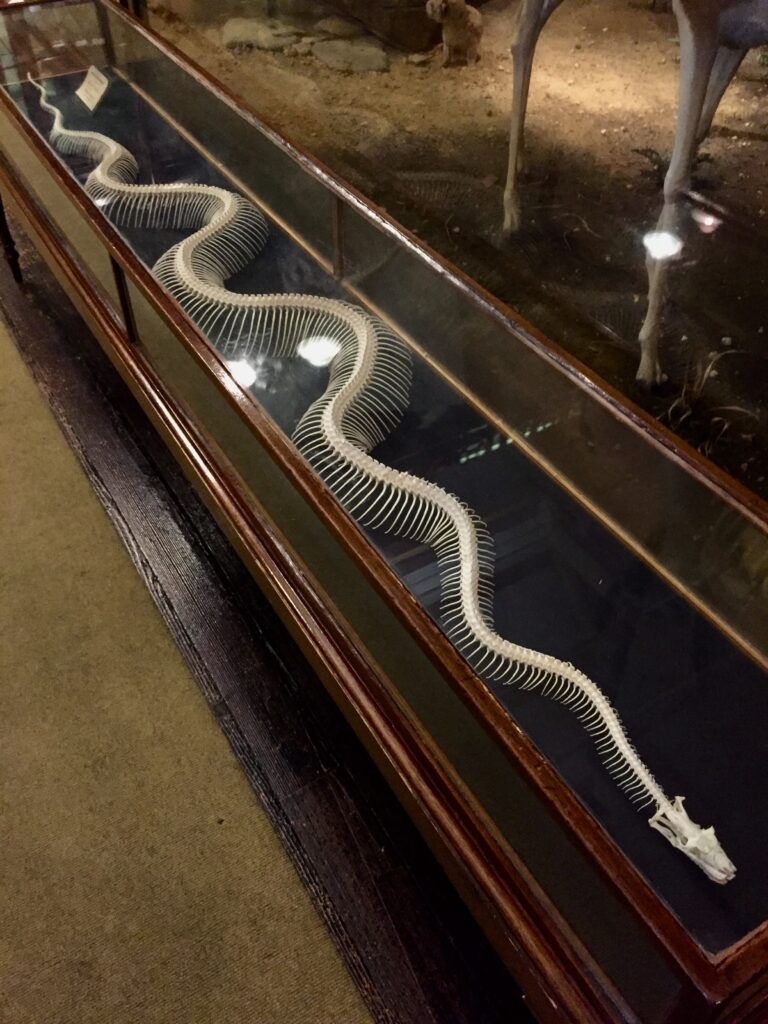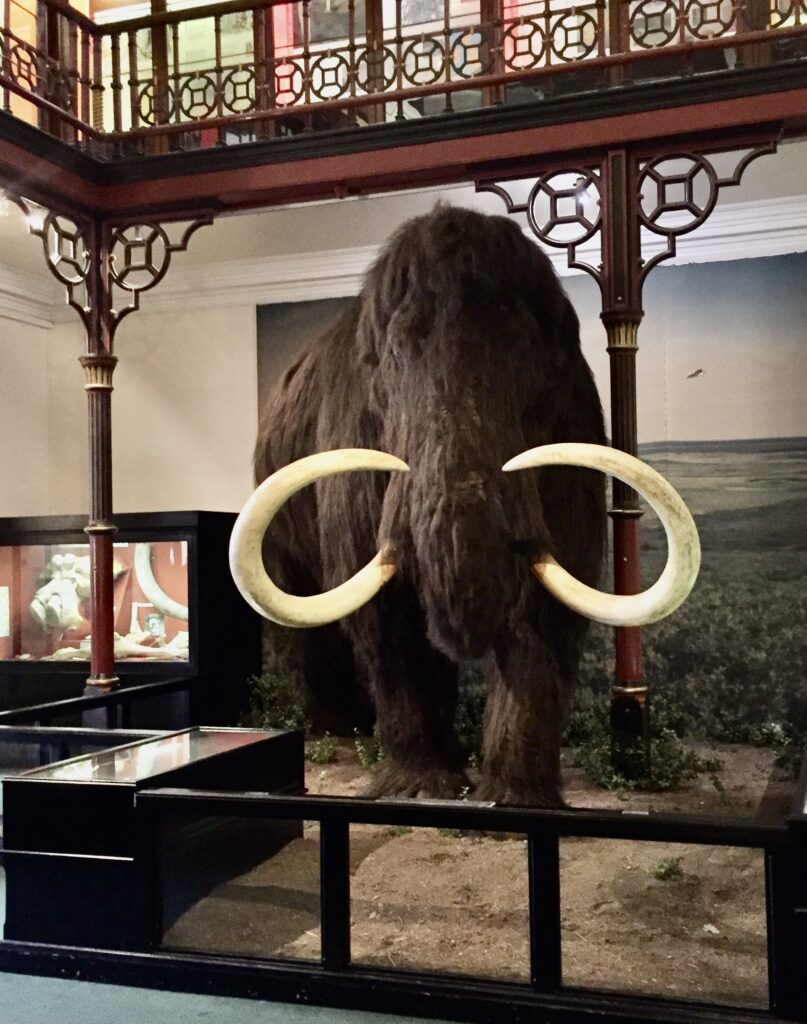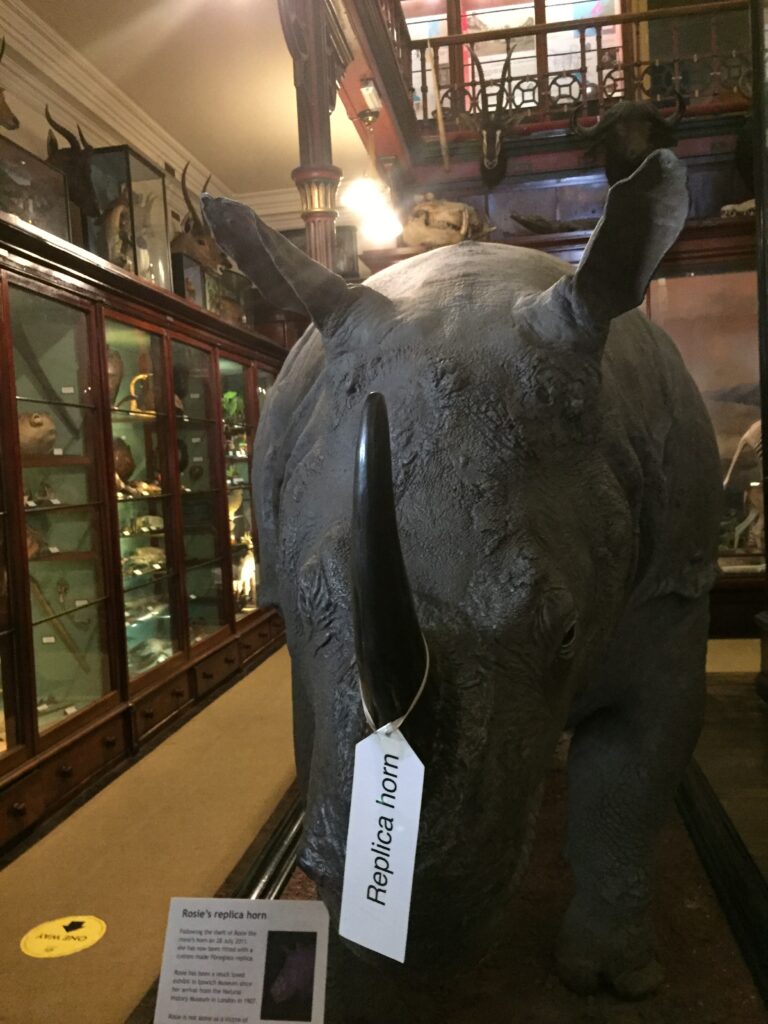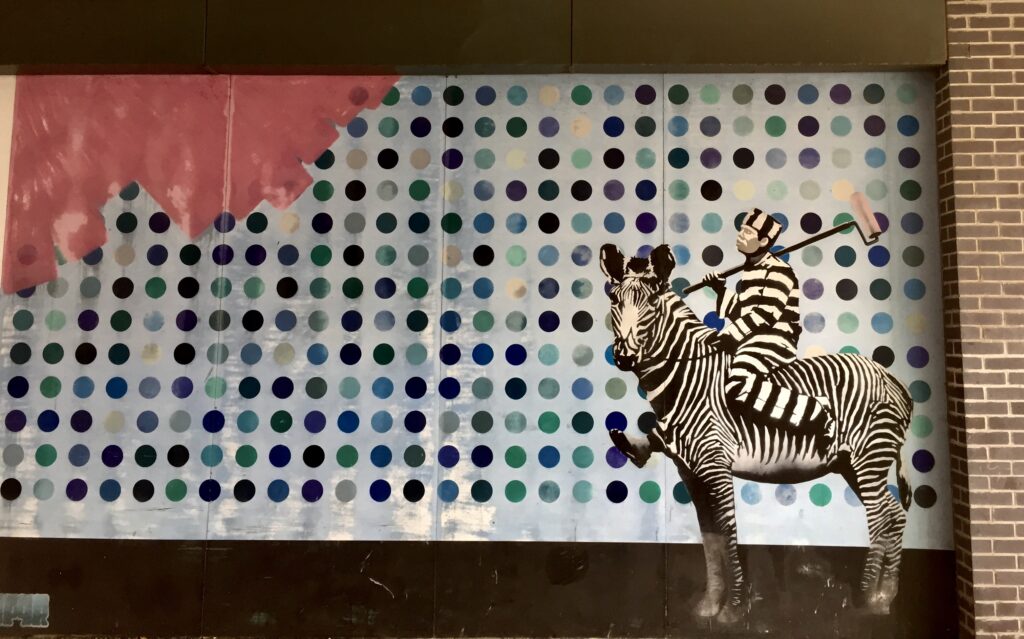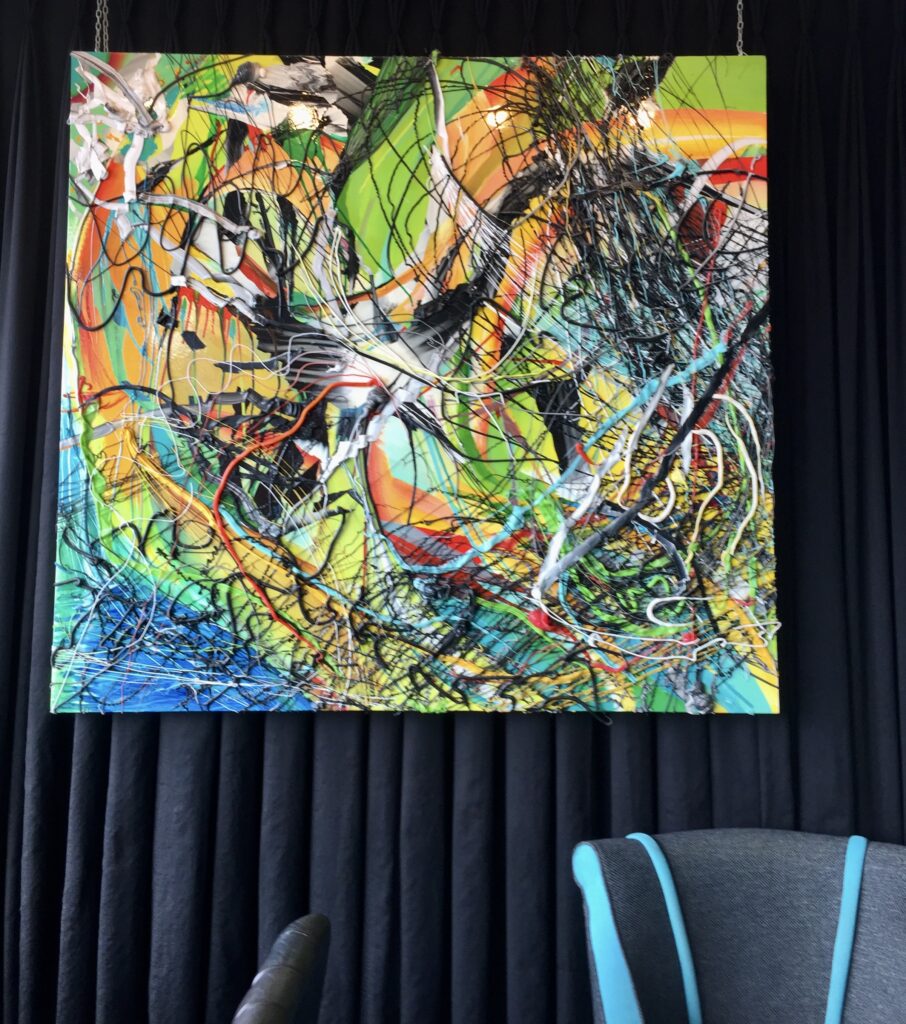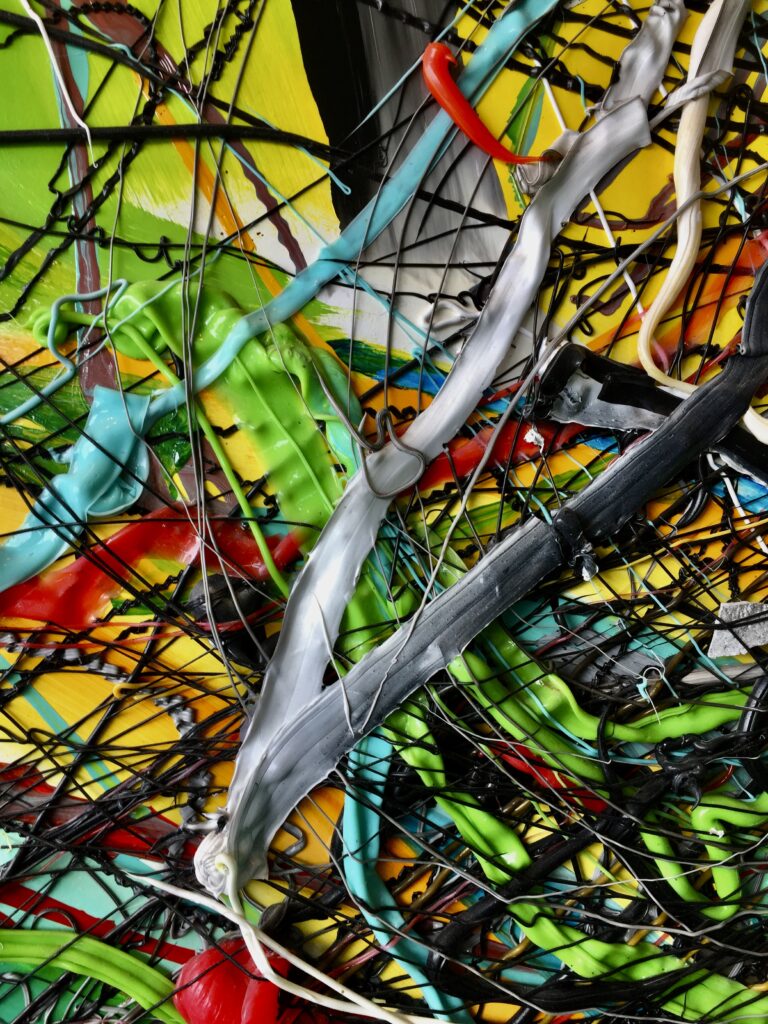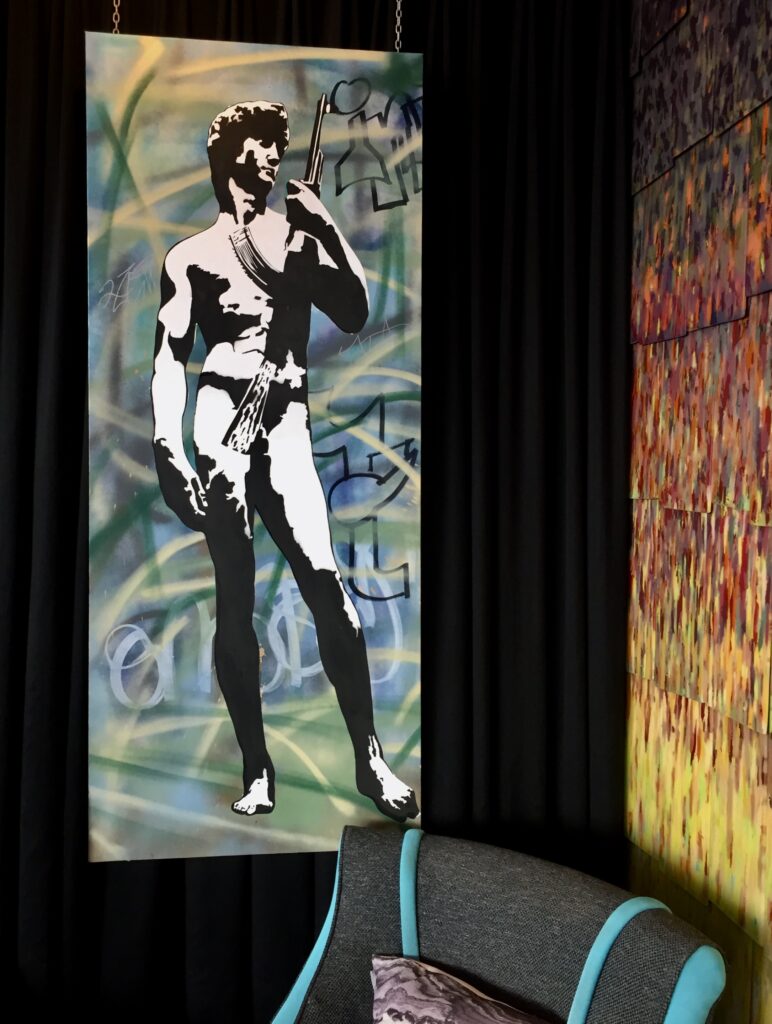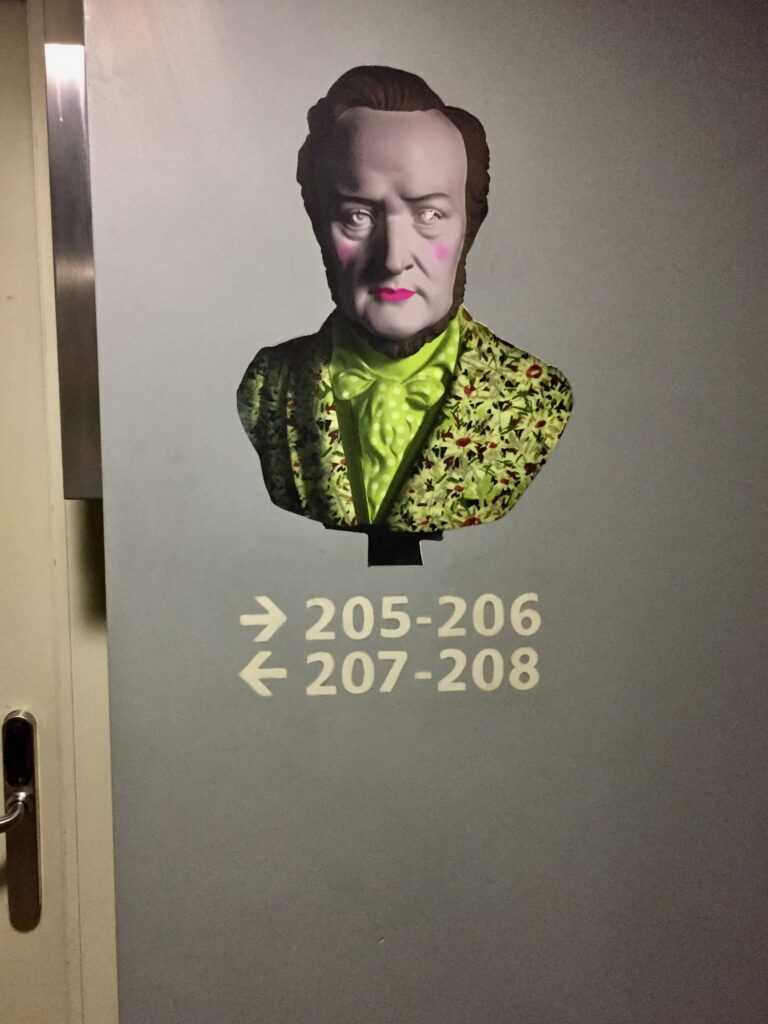Every now and then I like to explore our fascinating Underground network to see what new discoveries I can make.
If you go to the east end of the westbound platform at Tower Hill you will see this sign …
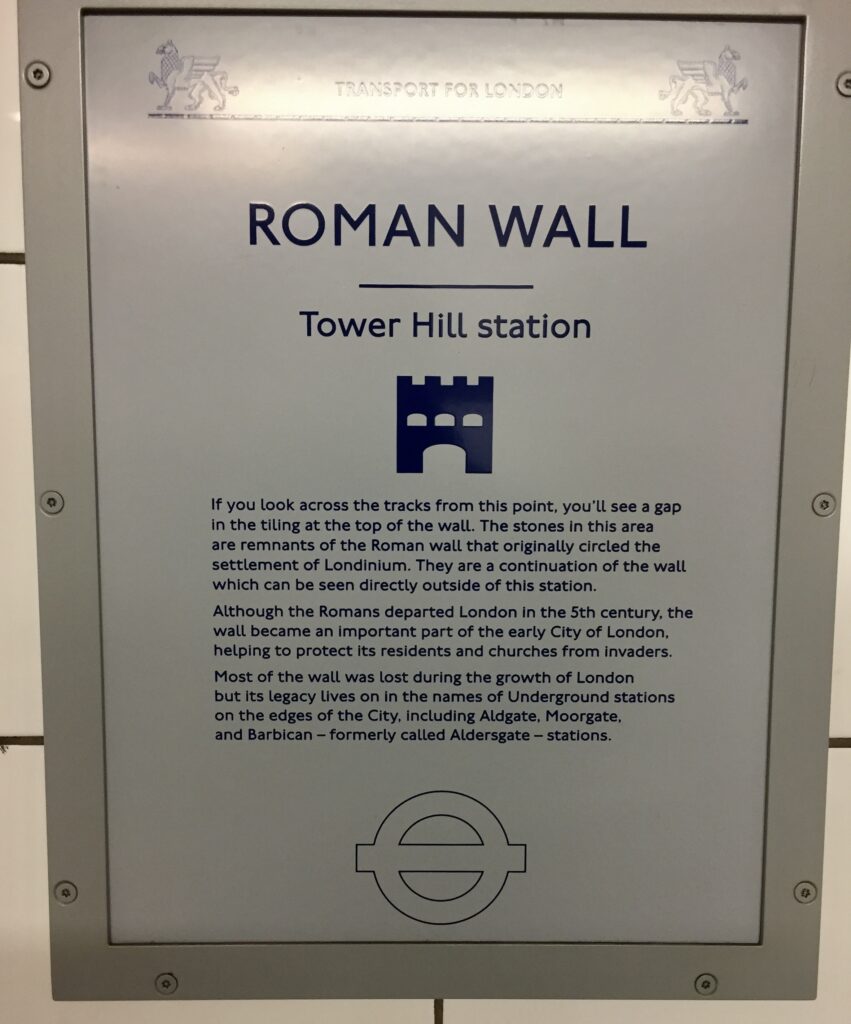
And here is the piece of wall …
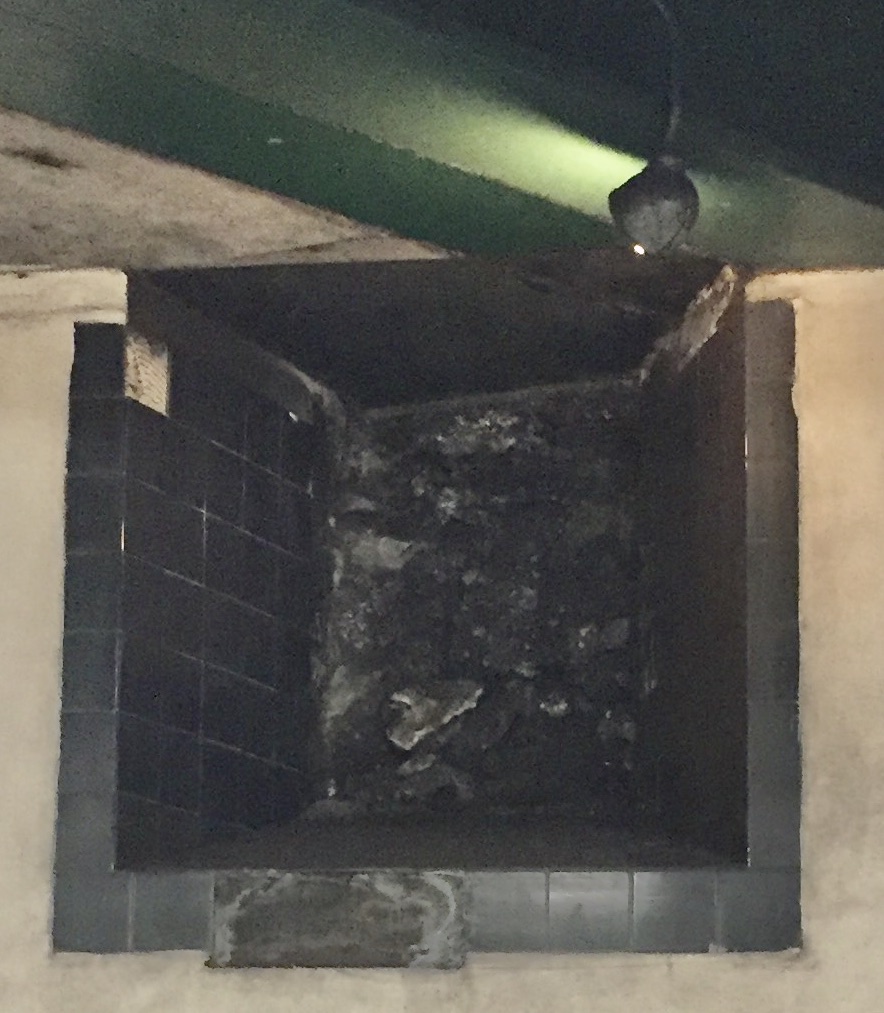
If you get off the train at Aldgate East you can admire these intriguing tiles …
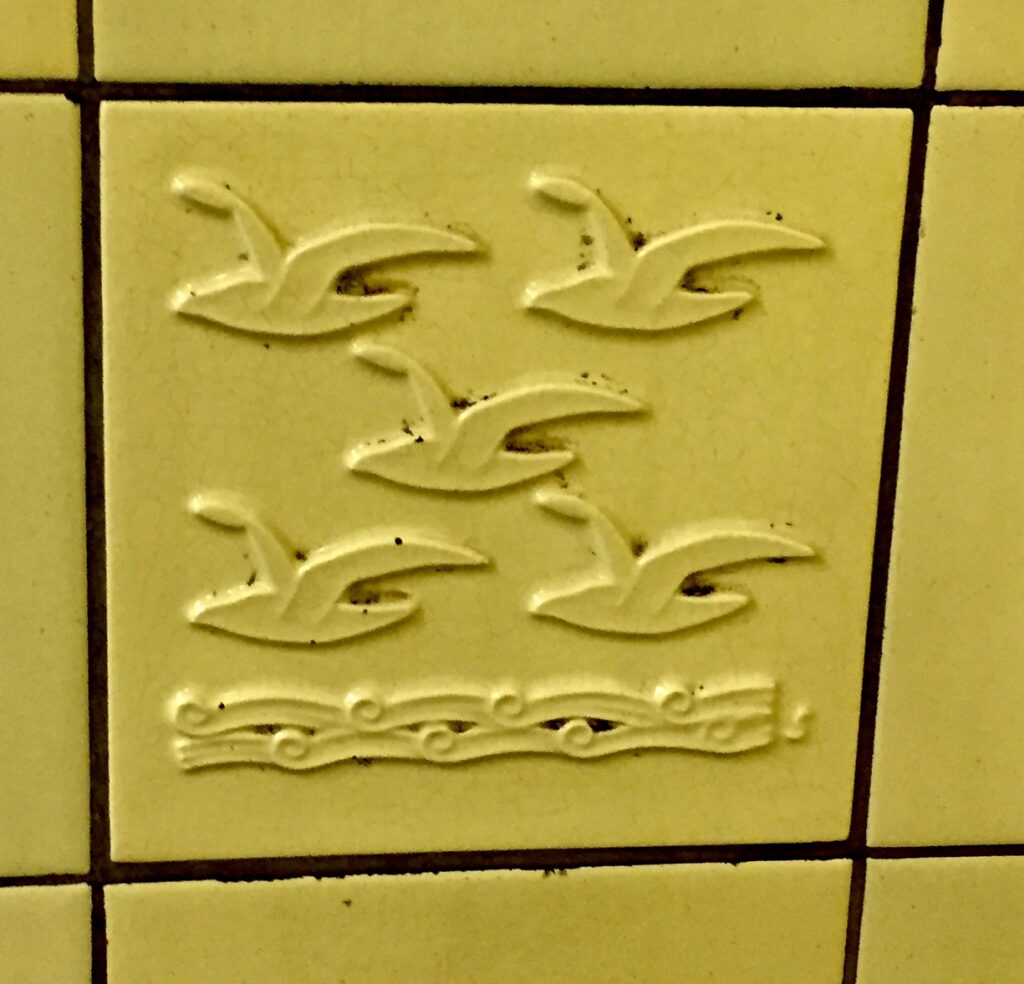
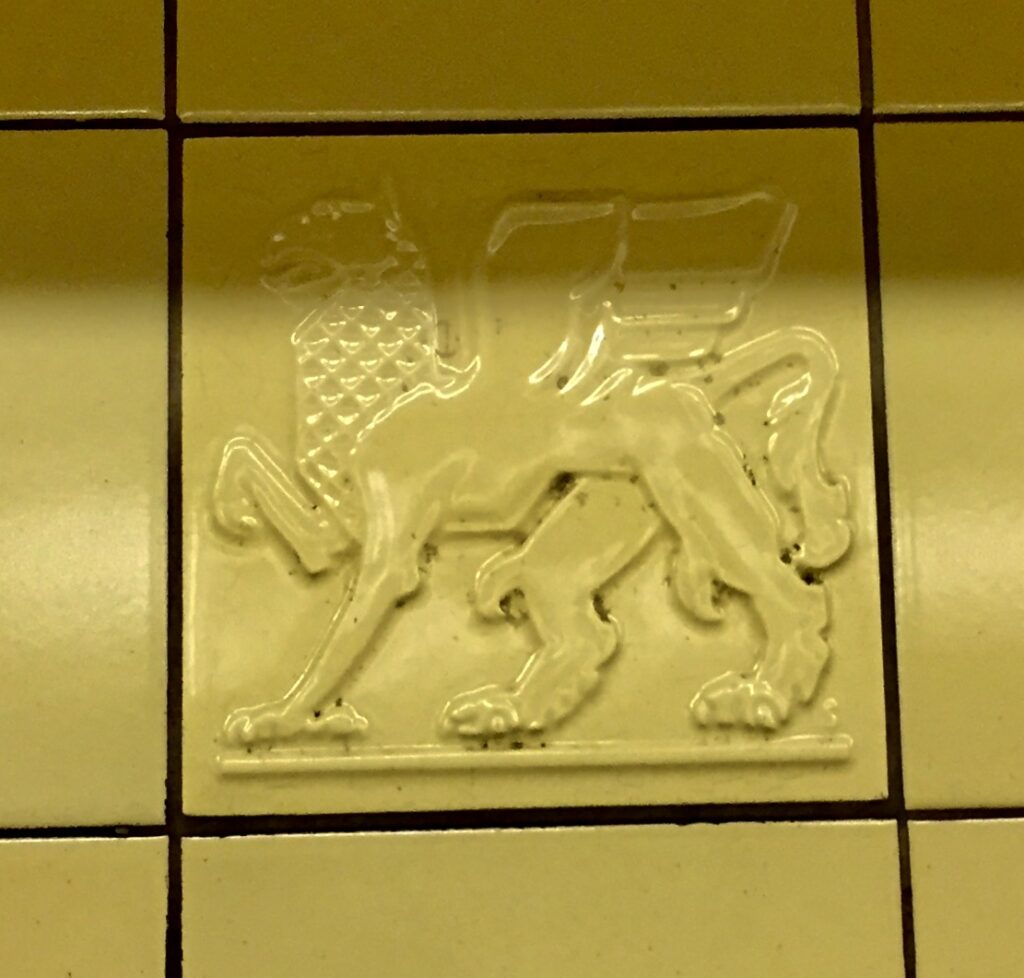
There are many to choose from and you can read all about them in my visit to Aldgate East blog.
You’ll also find at the station a fine example of a 1930s roundel …
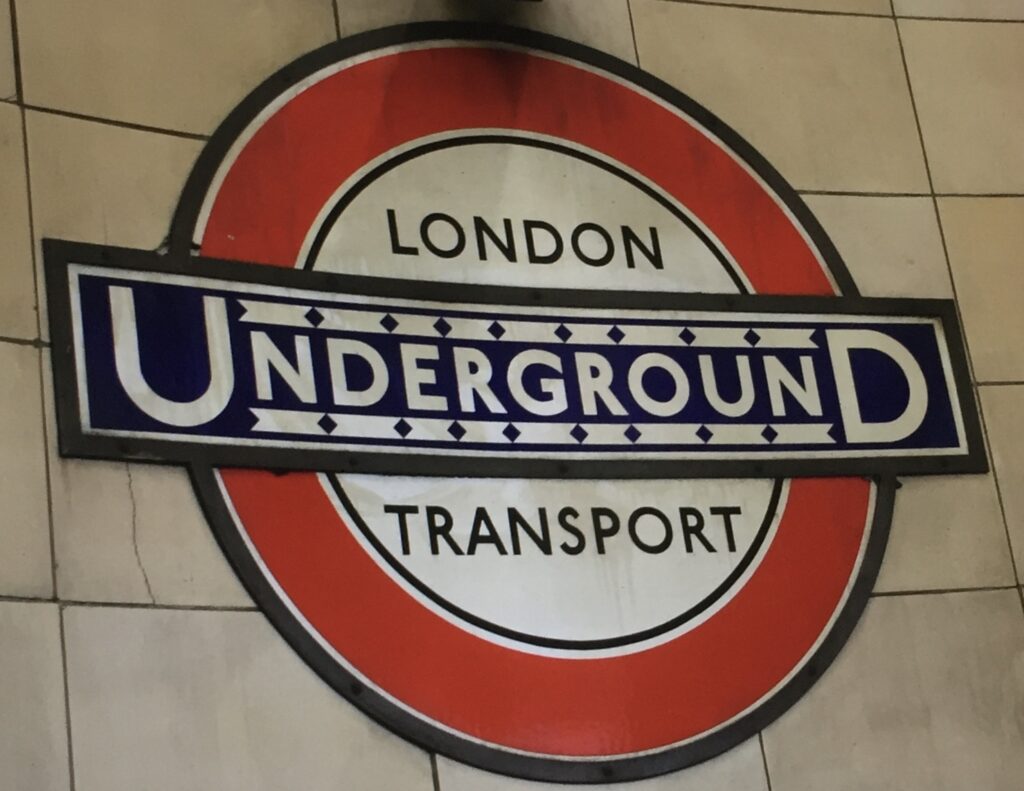
There’s another heritage example just outside Temple Station. It’s a London Passenger Transport Board Underground map from 1932 (to avoid potential confusion the attached notice points out that there is ‘An up-to-date Journey Planner located inside the station’!) …
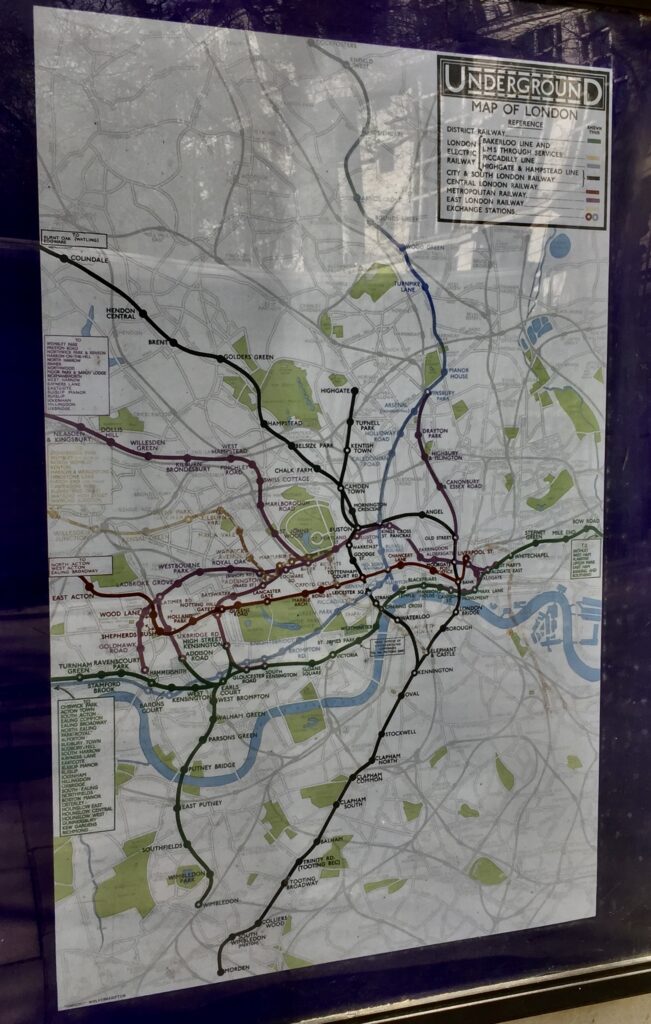
Here is the part of the 1932 Map covering the stations I visit in this blog. ‘Post Office’ became ‘St Paul’s’ five years later …
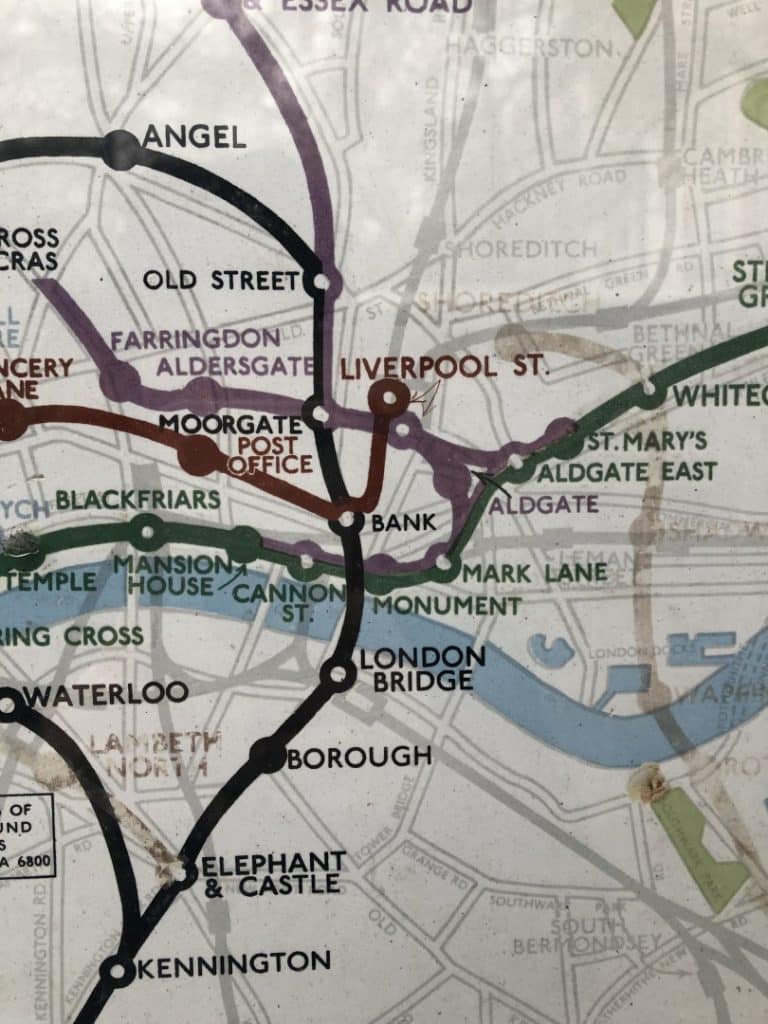
Whilst you wait there for your train, look up and you will see the tops of the ornate columns that once supported the canopy covering the tracks and platforms …

When Temple Station was first opened locomotive drivers were forbidden to sound their whistles at the station lest they disturb the barristers working (or dozing) in the Inns of Court nearby.
Also on the platform are some images of historical interest. This, for example, is Blackfriars Station in 1876 …

And today (image courtesy of Network Rail) …
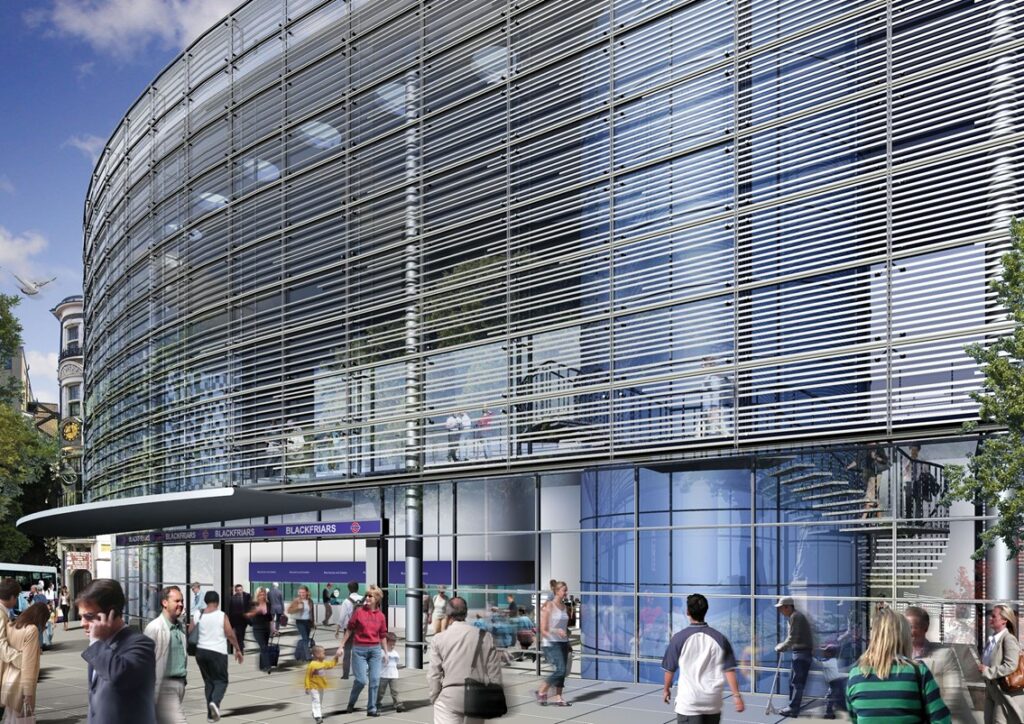
Nowadays, if you want to travel by rail to Continental Europe, you head for St Pancras International and Eurostar. Once upon a time though, your gateway to the Continent was Blackfriars.
The station was badly damaged during the Second World War but the wall displaying a selection of the locations you could catch a train to survived and you can see it today in the ticket hall. It was part of the original façade of the 1886 station (originally known as St Paul’s) and features the names of 54 destinations – each painstakingly carved into separate sandstone blocks and illuminated with gold leaf …

You can read more about the wall and the interesting area around the station in my Terminus Tales blog.
I noticed this instruction at the top of the escalator …
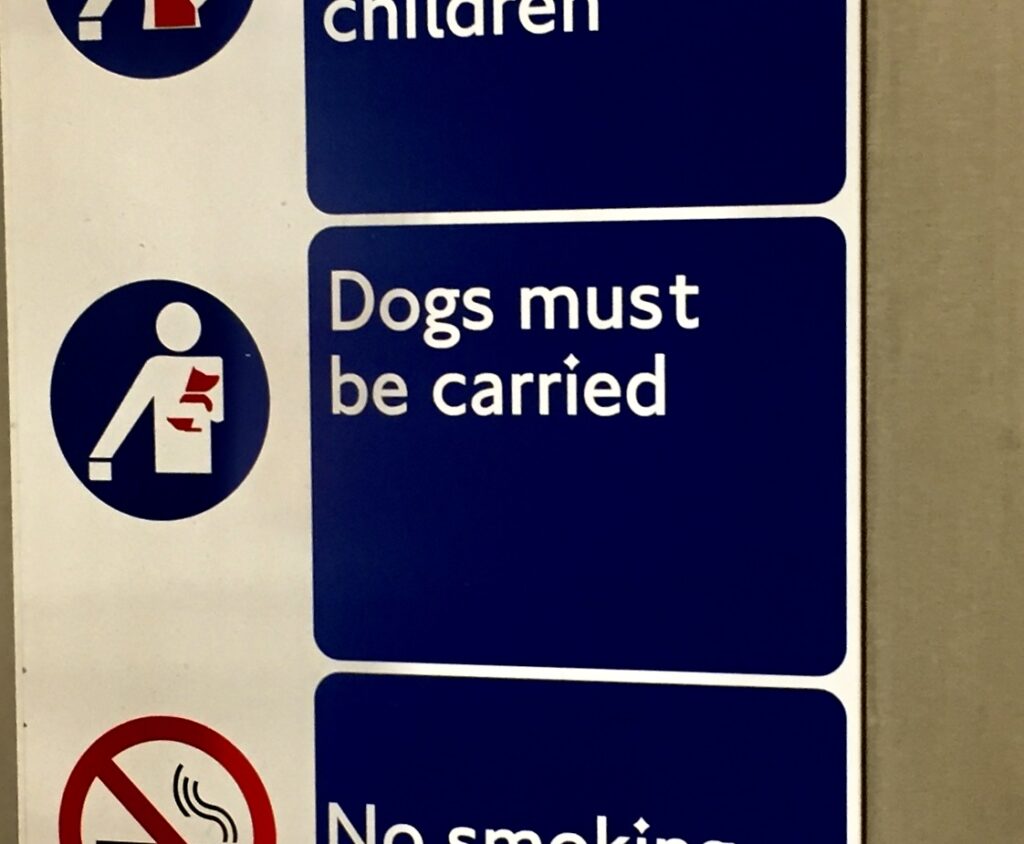
I believe that, on his first visit to London, Paddington Bear interpreted this as meaning you couldn’t use the escalator unless you were carrying a dog.
Onward now to the refurbished Farringdon Station. On climbing the stairs from the platform you can admire the original 19th century roof supports …

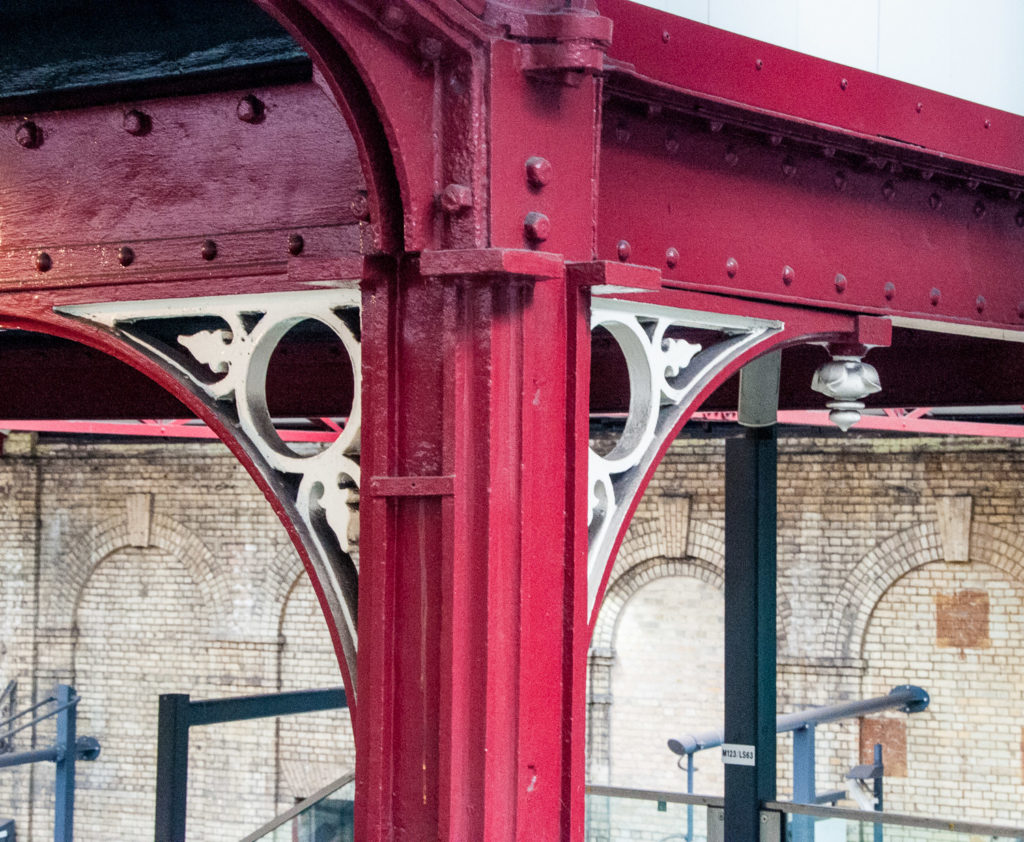
Just before exiting through the barriers I spotted some nice stained glass windows which date from 1923 …

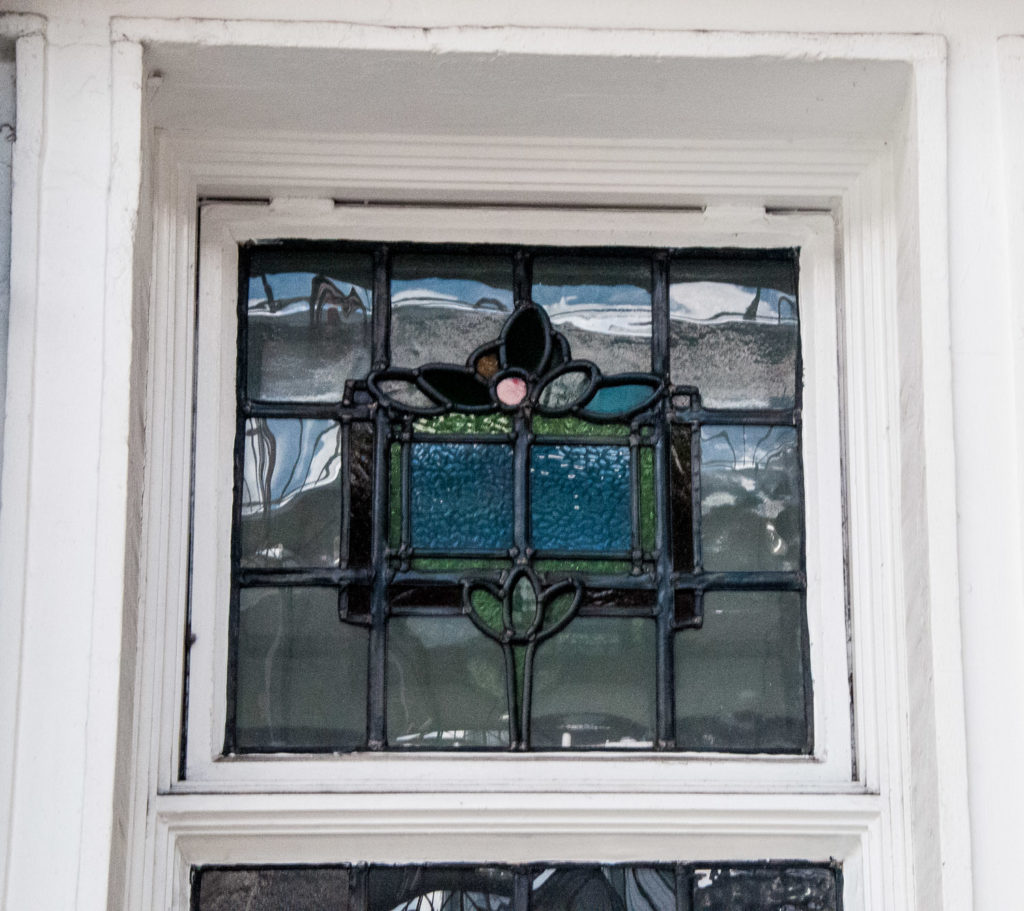
Farringdon Station moved to its current location on 23 December 1865 when the Metropolitan Railway opened an extension to Moorgate. It was renamed Farringdon & High Holborn on 26 January 1922 when the new building by the architect Charles Walter Clark facing Cowcross Street was opened, and its present name was adopted on 21 April 1936 …
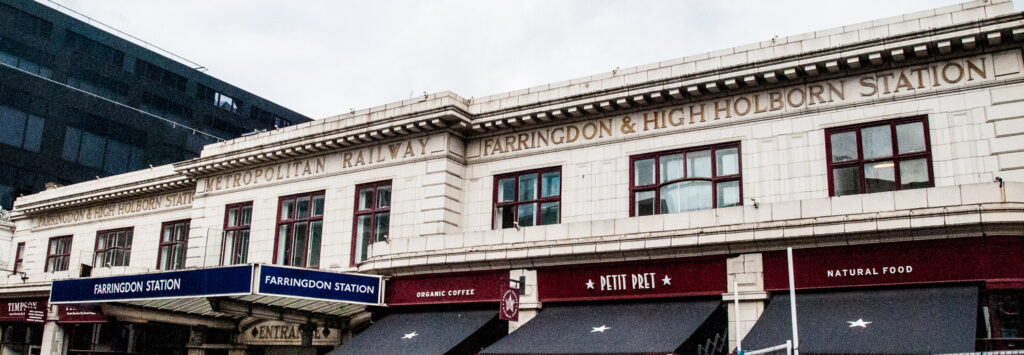
From mid-1914, the Metropolitan Railway introduced its own version of the Underground roundel. This originally appeared as a blue station name plate across a red diamond and the diamond is still there, above the entrance …
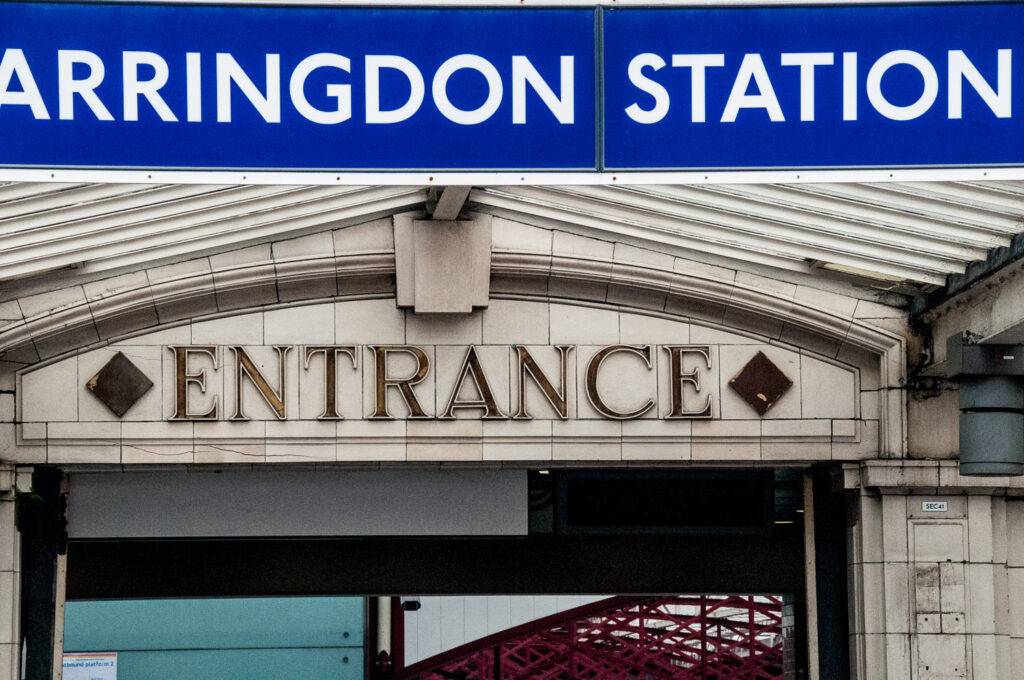
It has also been reproduced on Moorgate Station as a nod to the railway’s past history …
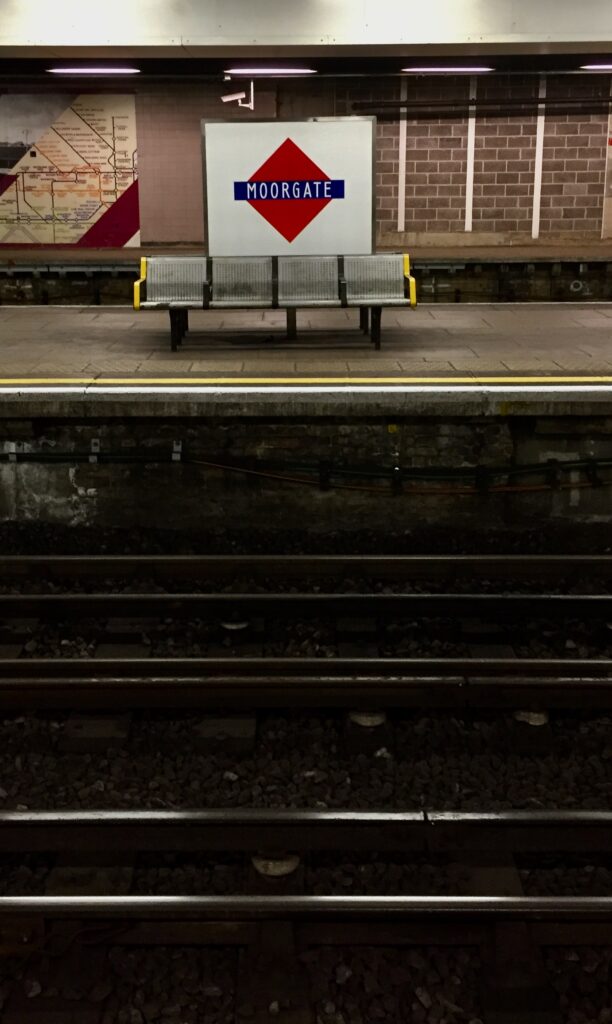
Trivia quiz question. Only two station names contain all the vowels …
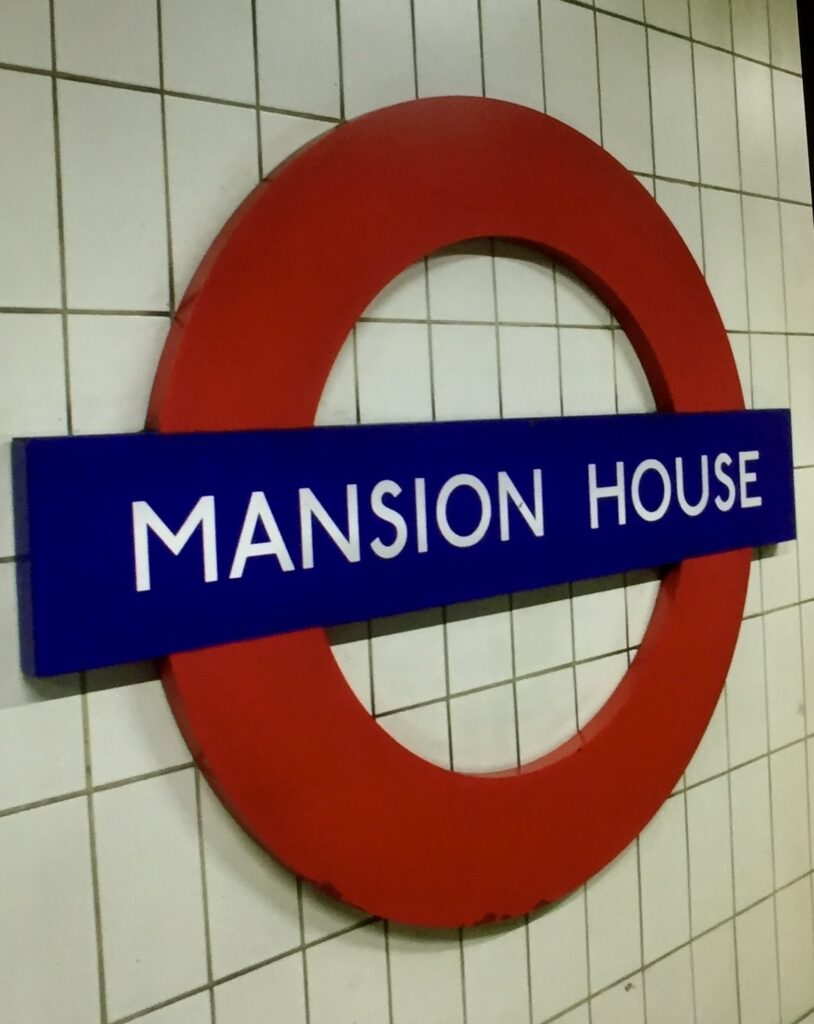
This is one of them – what is the other? The answer is at the end of this week’s blog – no peeping!
And finally to Barbican. The station was originally known as Aldersgate Street when it opened in 1865, changing its name to Aldersgate in 1910, Aldersgate & Barbican in 1923 and finally settling for Barbican in 1968.
Just inside the barriers is a nice photo montage illustrating some of the station’s history …
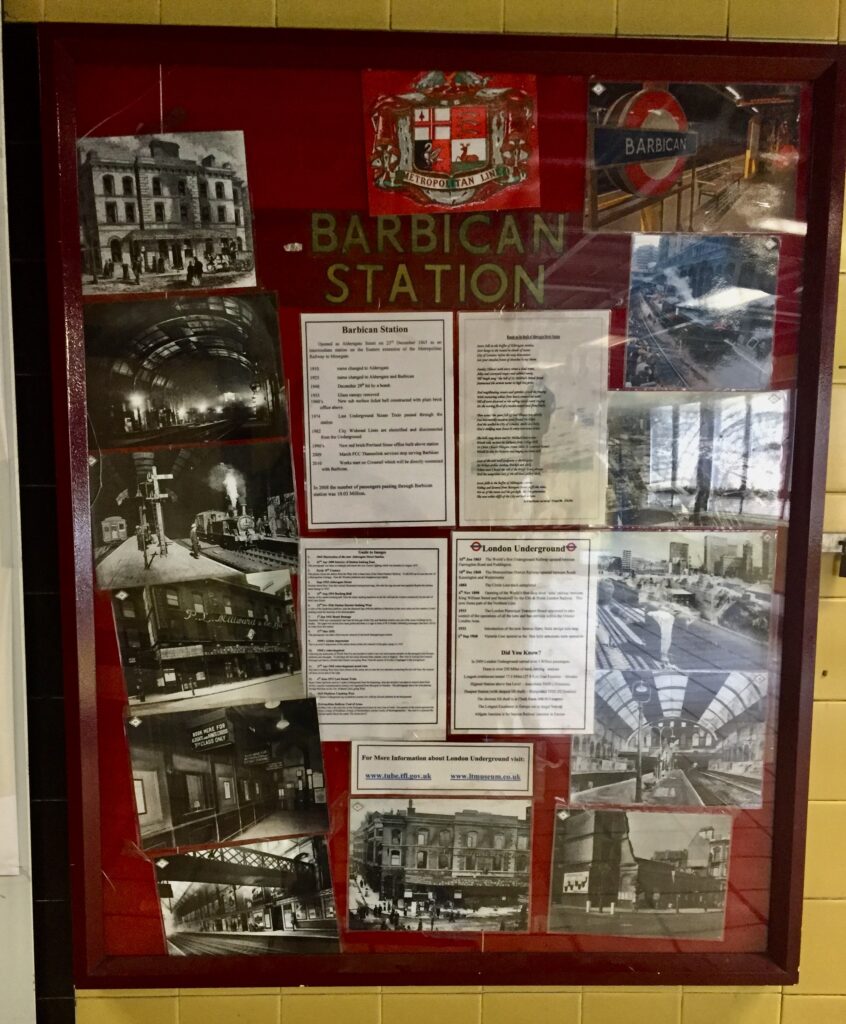
The station platforms used to be covered by a glazed arch but after suffering serious bomb damage during the Second World War, it was eventually removed in 1955 …
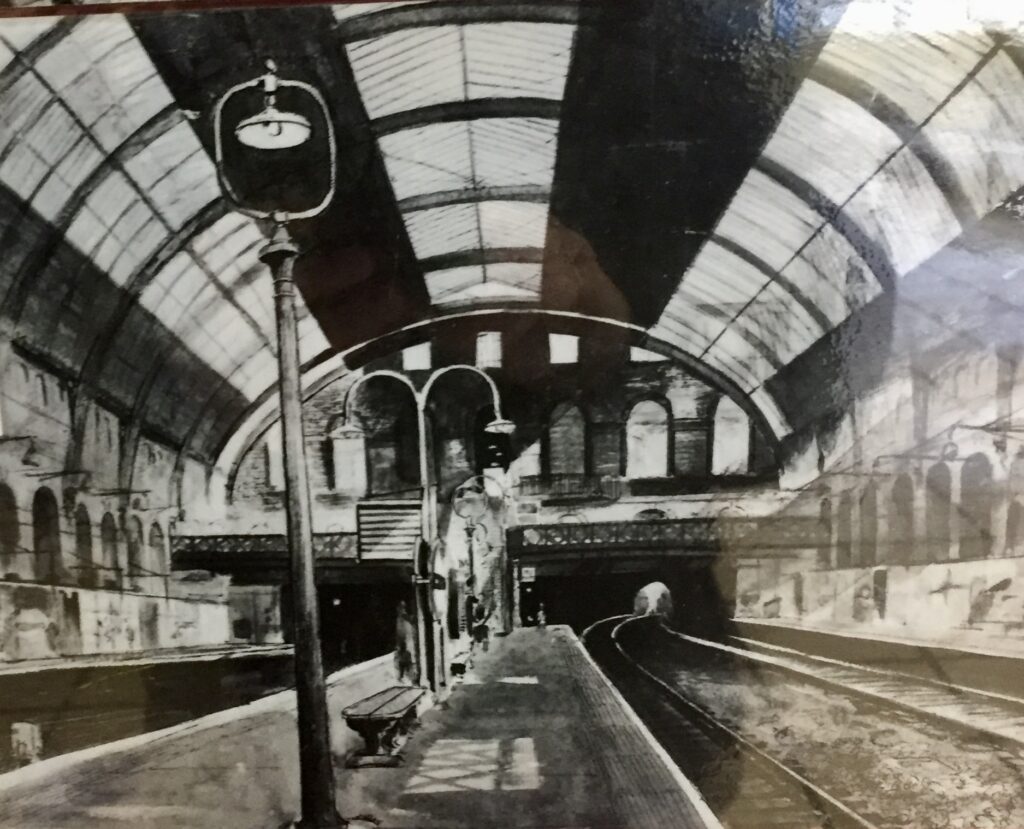
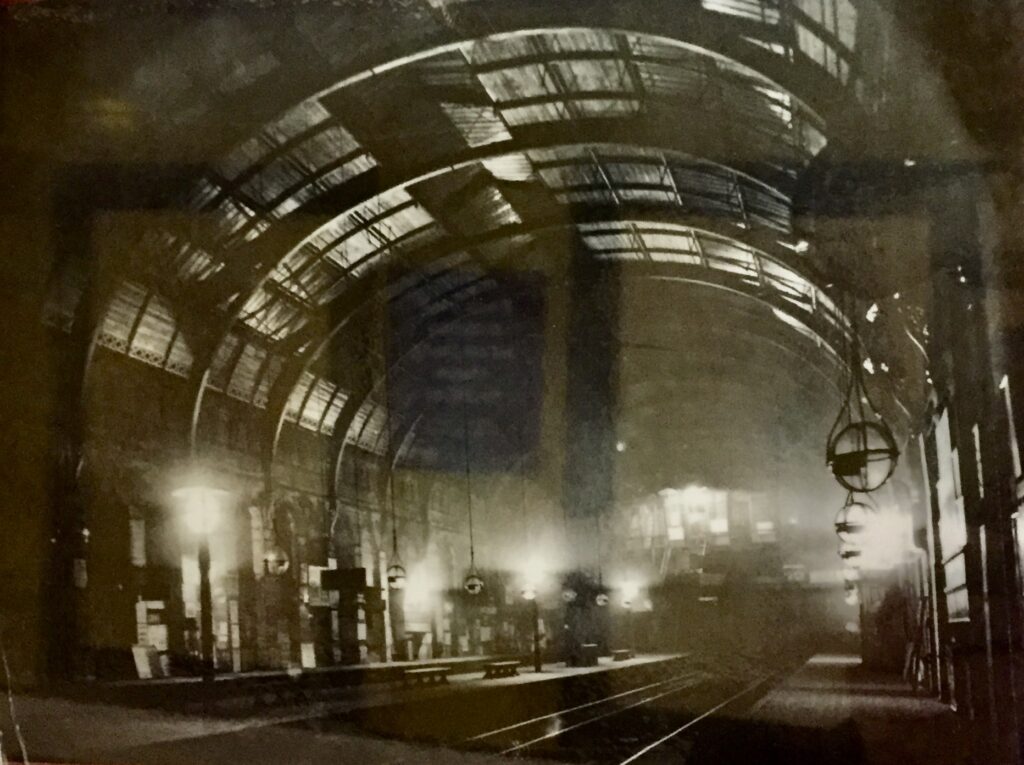
Those were the days, with carriages pulled by steam locomotives …

You can still see the support brackets for the now demolished roof …
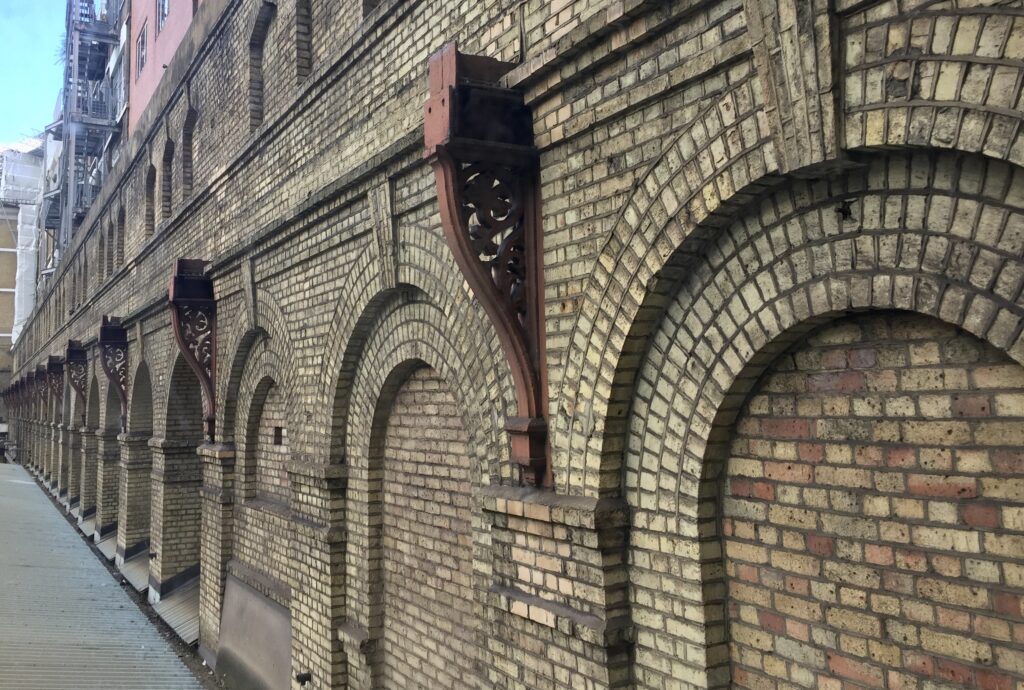
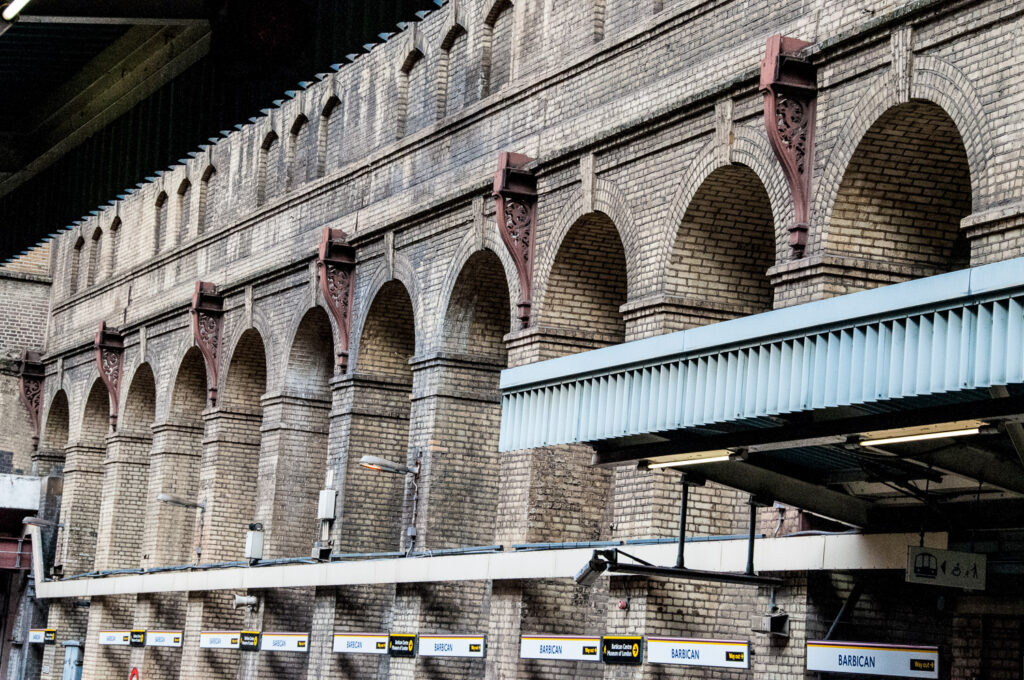
Do pause in the entrance hall and pay your respects to the memory of Pebbles the Blackfriars Station cat.
For many years Pebbles was a favourite of staff and passengers, often sleeping soundly on top of the exit barriers despite the rush hour pandemonium going on around him. This is a picture from the wonderfully named purr’n’furr website, a great source for moggie-related stories …
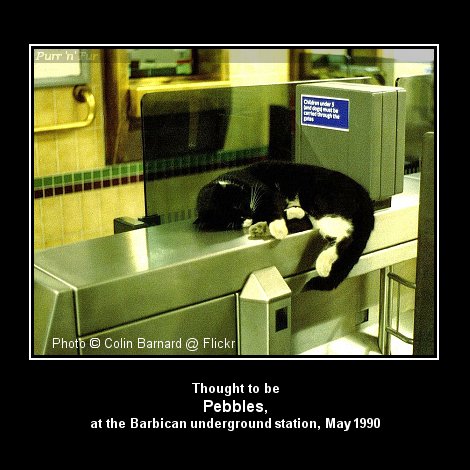
Clearly he was greatly missed when he died, as the plaque faithfully records, on 26th May 1997.

This was doubly sad because he was due to be given a Lifetime Achievement Award. This was sponsored by Spillers Pet Foods and named after Arthur, a cat they used in their advertising who ate with his paws. The Certificate that came with the award is also displayed (the co-winner, the aptly named Barbie, was Pebbles’ companion) …
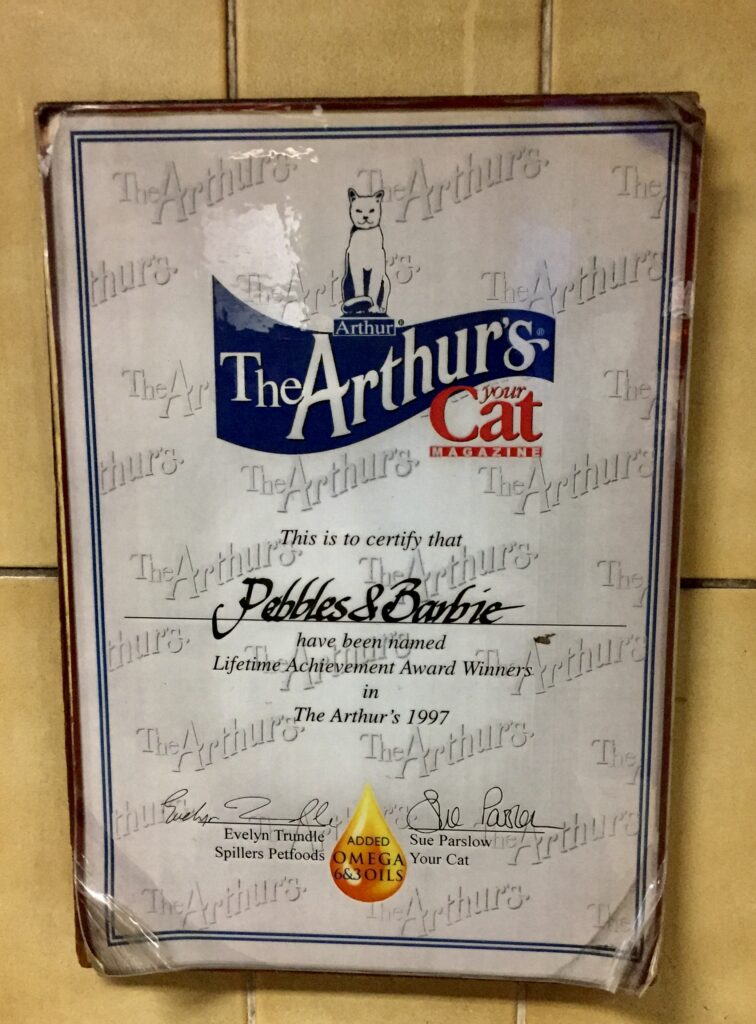
Incidentally, here is Arthur in action …
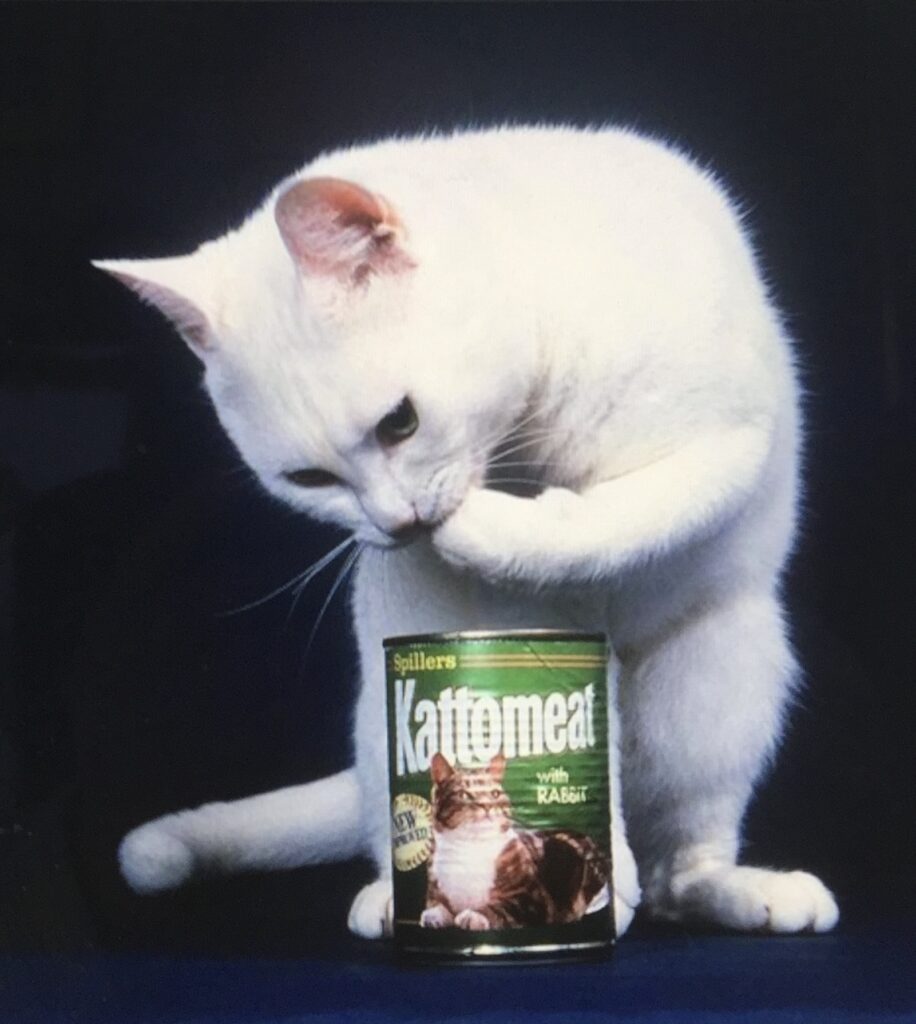
The TV ads ran between 1966 and 1975 with a succession of Arthurs playing the role. At one time a terrible rumour circulated that the advertising agency had taken the original cat to the vet and had all his teeth removed in order to encourage his rather eccentric eating behaviour. This story was subsequently demonstrated to be untrue. Obviously there is a detailed entry about Arthur on the purr’n’furr website and there’s lots more about him if you just Google Arthur the cat that ate with his paws. There is some great footage of the ads themselves with hilarious voice-overs by eminent actors such as Peter Bull, Leo McKern and Joss Ackland.
If you would like to follow me on Instagram here is the link …
https://www.instagram.com/london_city_gent/
The other station with all the vowels is, of course …
